Shooting a Roll of Film Washi A
Motion Picture Leader with an ISO of 6
✍️ • 🕑 • Series: Steve in Seattle • Tags: slow film
I’ve been shooting film for about a year now. Along the way, I’ve had a lot of fun, and I’ve learned a lot. The rulebook is very different compared to shooting digital cameras, and I’ll probably write more about this in some other posts.
For today’s posts, I want to share the results I got from shooting a very strange and slow film stock, Film Washi A. It’s described as follows:
Film “A” is a black & white film, used as a leader or protection tail during the reproduction process for movies. It was originally sensitized to record technical data (and subtitles and main titles) and offers a very fine grain and a very high contrast.
I’ll tell you right now that I found myself surprised and delighted by the results.
Technical Details & Background
Originally, I bought the film whilst contemplating a project centered around shooting slow films at slow shutter speeds, possibly for sharing in Time Class back in February, but I only got around to shooting one roll for that project. And it’s probably here that I should back up and explain what I mean by “slow film”.
Different films have different levels of sensitivity to light. Back in ye olden days, when film cameras did not include built-in light meters, there was a rule of thumb (still popular) for guessing your exposure settings. If you’re shooting in sunlight, set the apeture (the opening on the lens, which controls how much light comes in) to f/16, and your shutter speed to ‘1/your film sensitivity’ seconds. If a photographer changes one of these values, the other(s) should be changed to compensate.
Typical film speeds are 100 or 400, meaning 1/100 or 1/400 would be your shutter speeds on a sunny day. However, this motion picture leader had an ISO (sensitivity value) of 6, meaning that the rule would dictate f/16 and 1/6 of a second, which is too slow of a shutter speed for handheld use.
(ISO 6 is about three stops below ISO 100 – 12, 25, 50, 100.)
Since my lens could let in more light, a more reasonable value would be f/4 and about 1/100 – which meant that I could shoot this very slow film handheld but only in very sunny scenes.
Camera & Lens
My camera of choice for this task was the Contax G1, an interchangable lens, aperture-priority autofocus, range-finder styled camera that allows the user to manually set the film sensitivity. I’m thinking of selling this camera, as I really don’t enjoy shooting it as other, cheaper kit. It does, however, get great results.
I shot at 28mm, one of my favorite focal lengths. A wide angle, similar to the ‘standard’ lens offered up by many modern cellphones. I’ve shot at this field of view a lot over the past couple of years, and consider it a favorite. It often requires some thought to get a good composition, as it can be important to get close to your subject, or otherwise, try to avoid superfluous details in the end shot.
The Roll
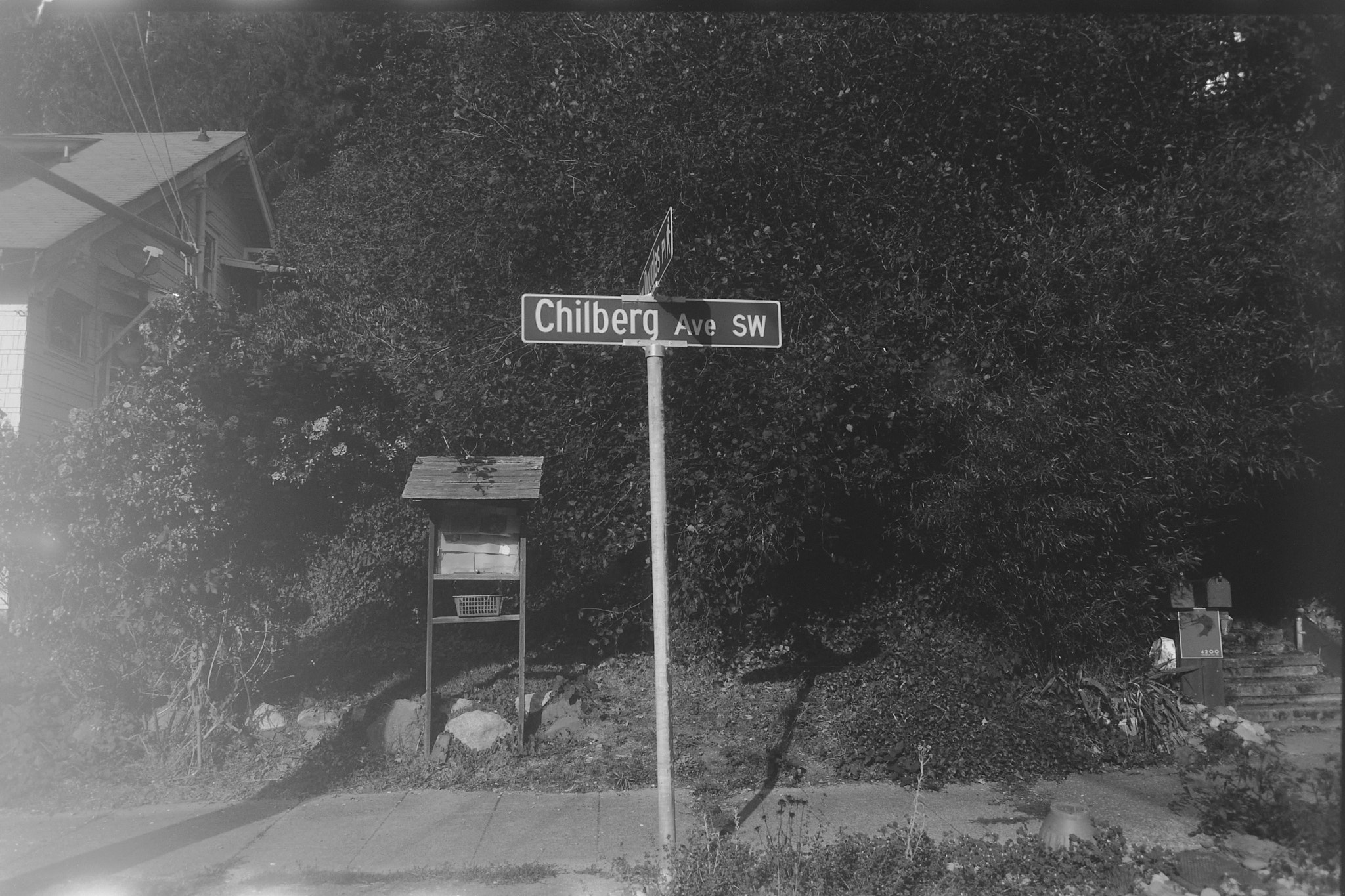
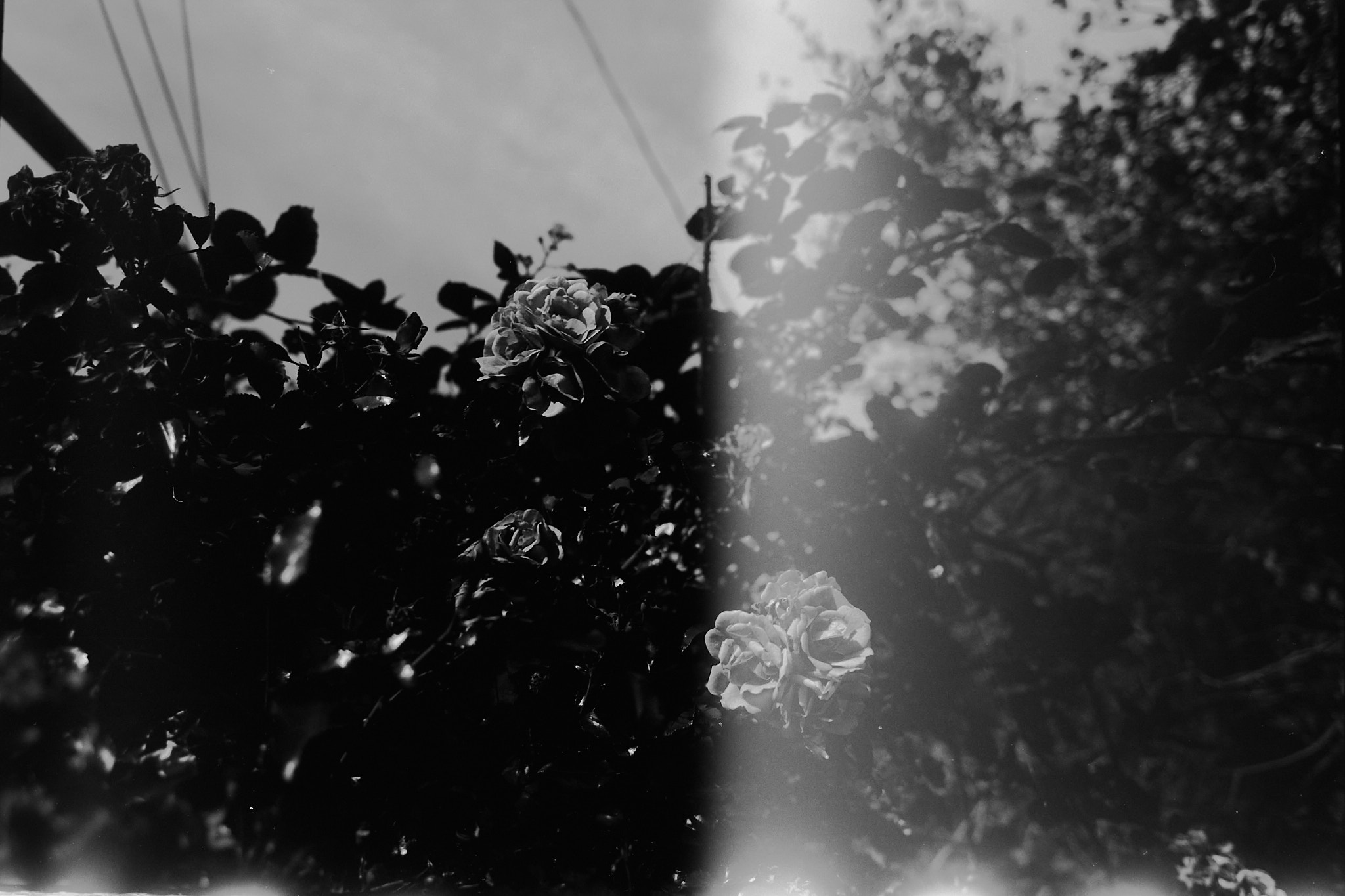
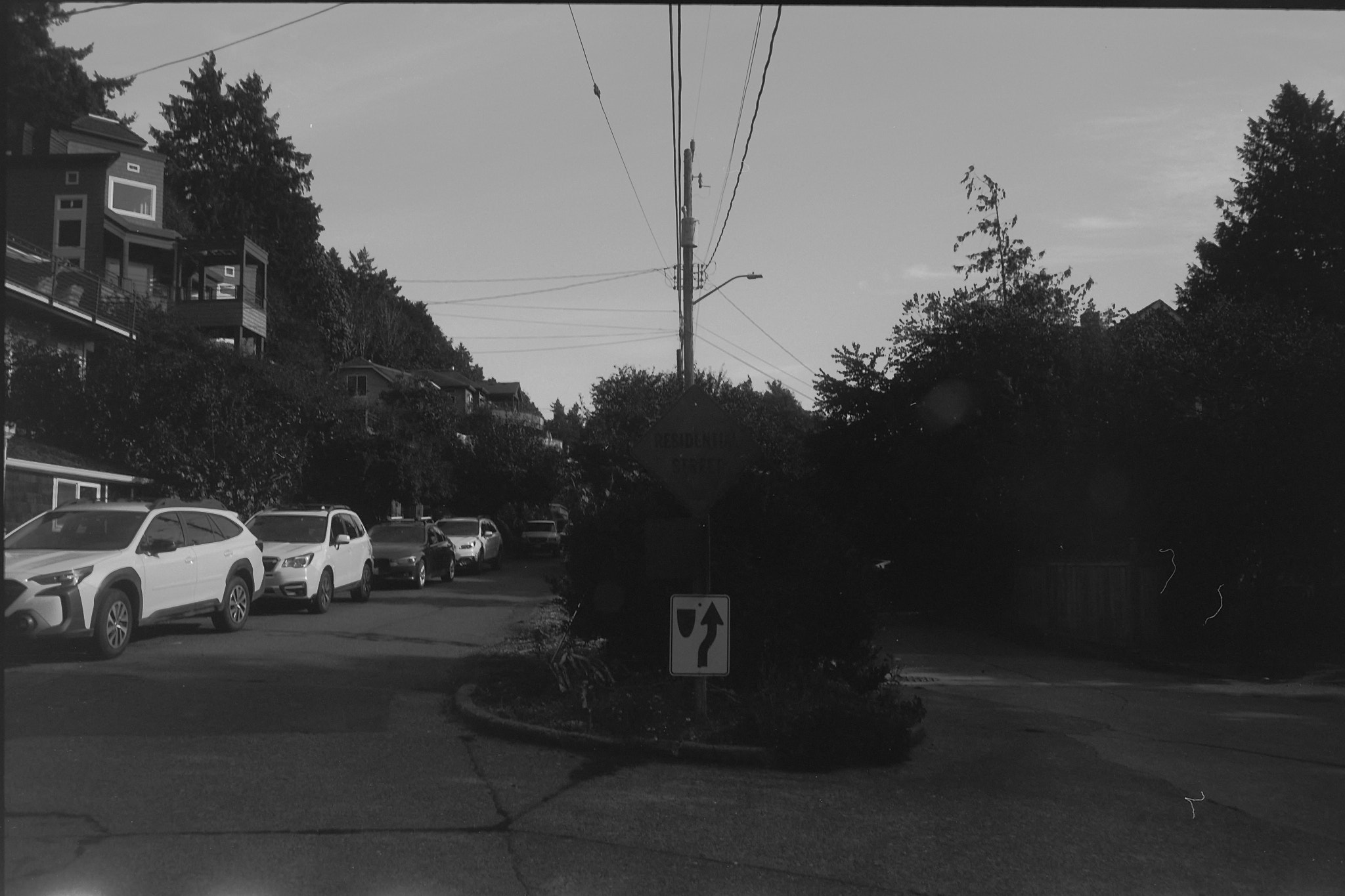
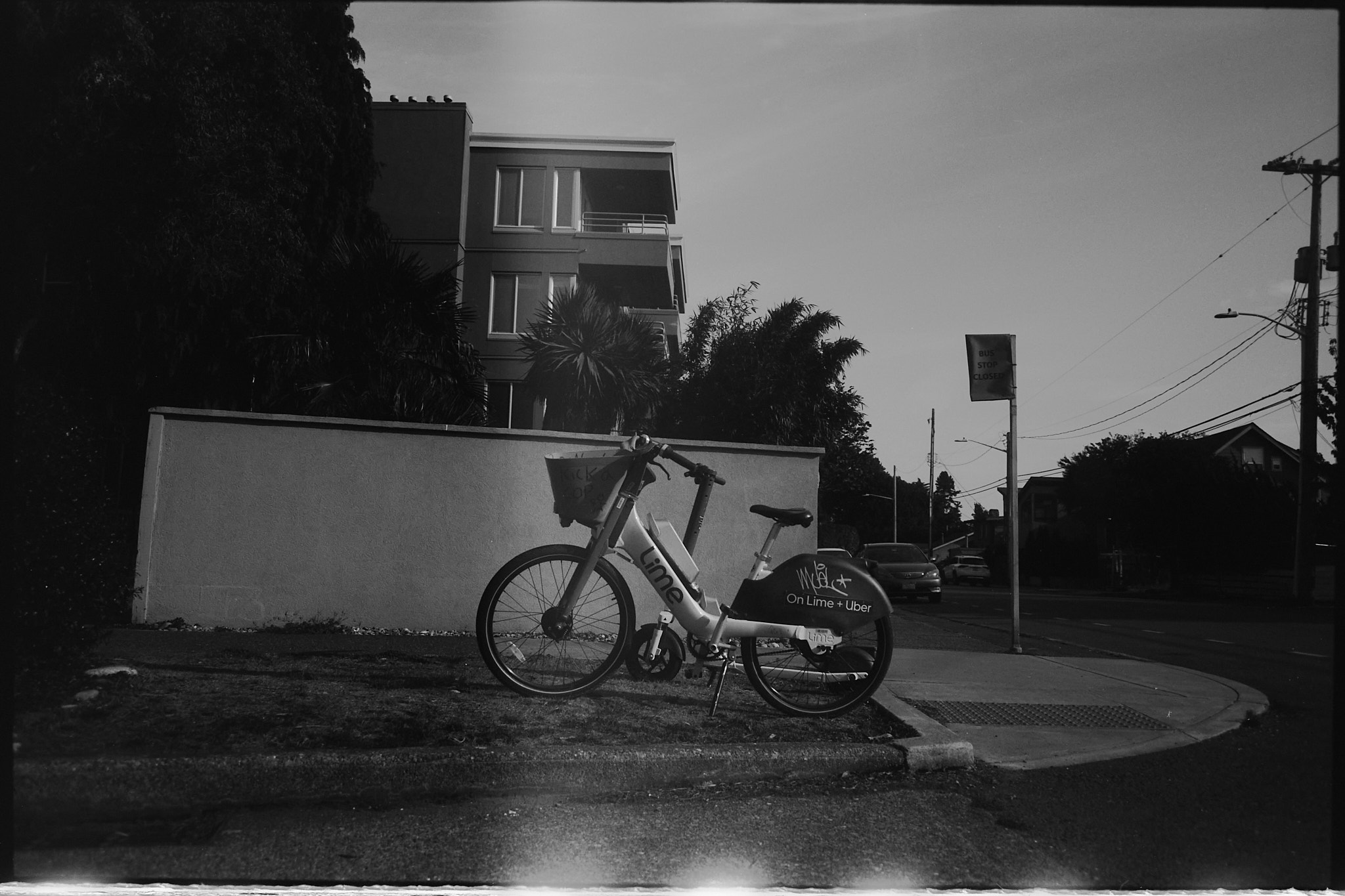
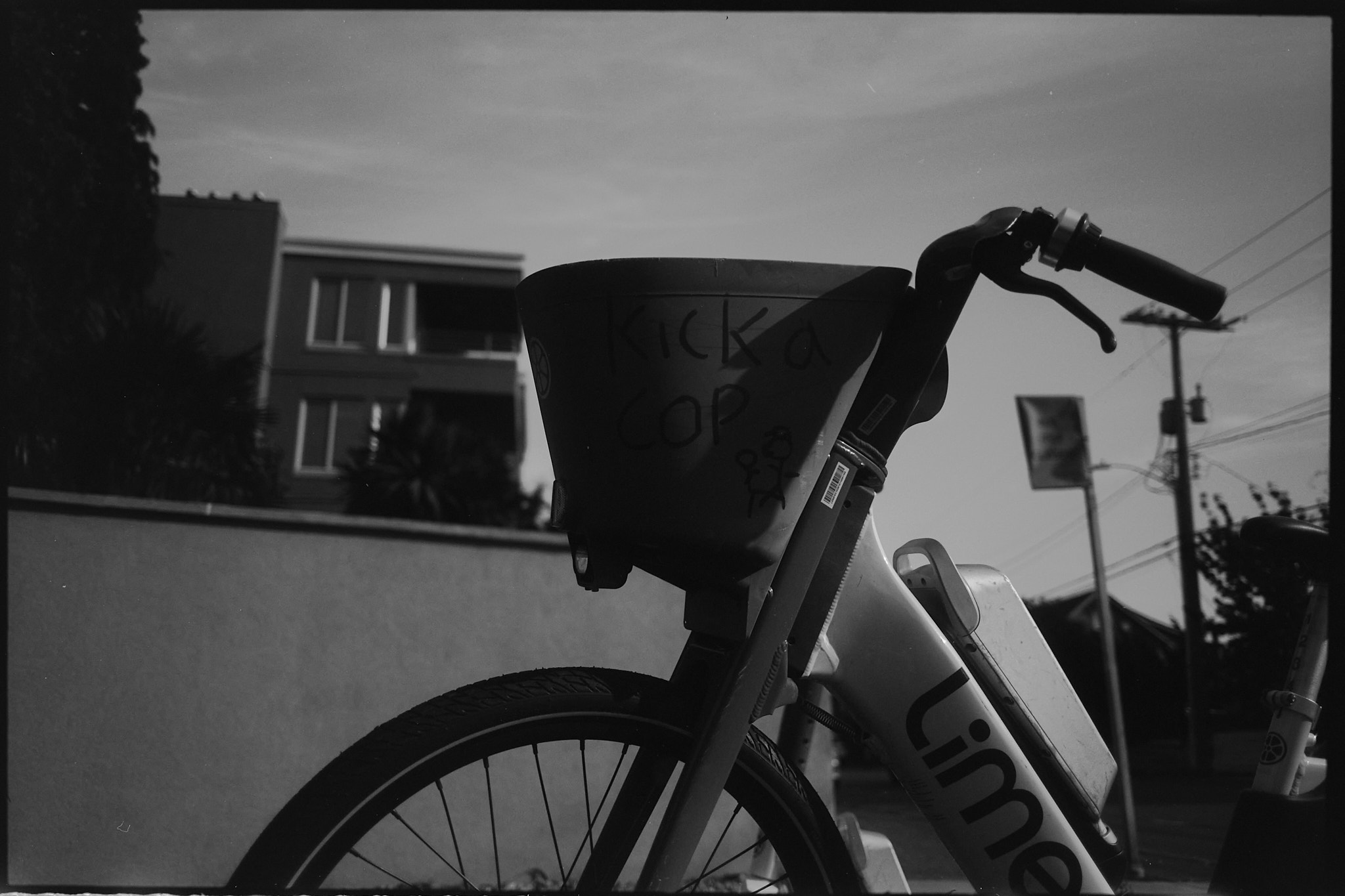
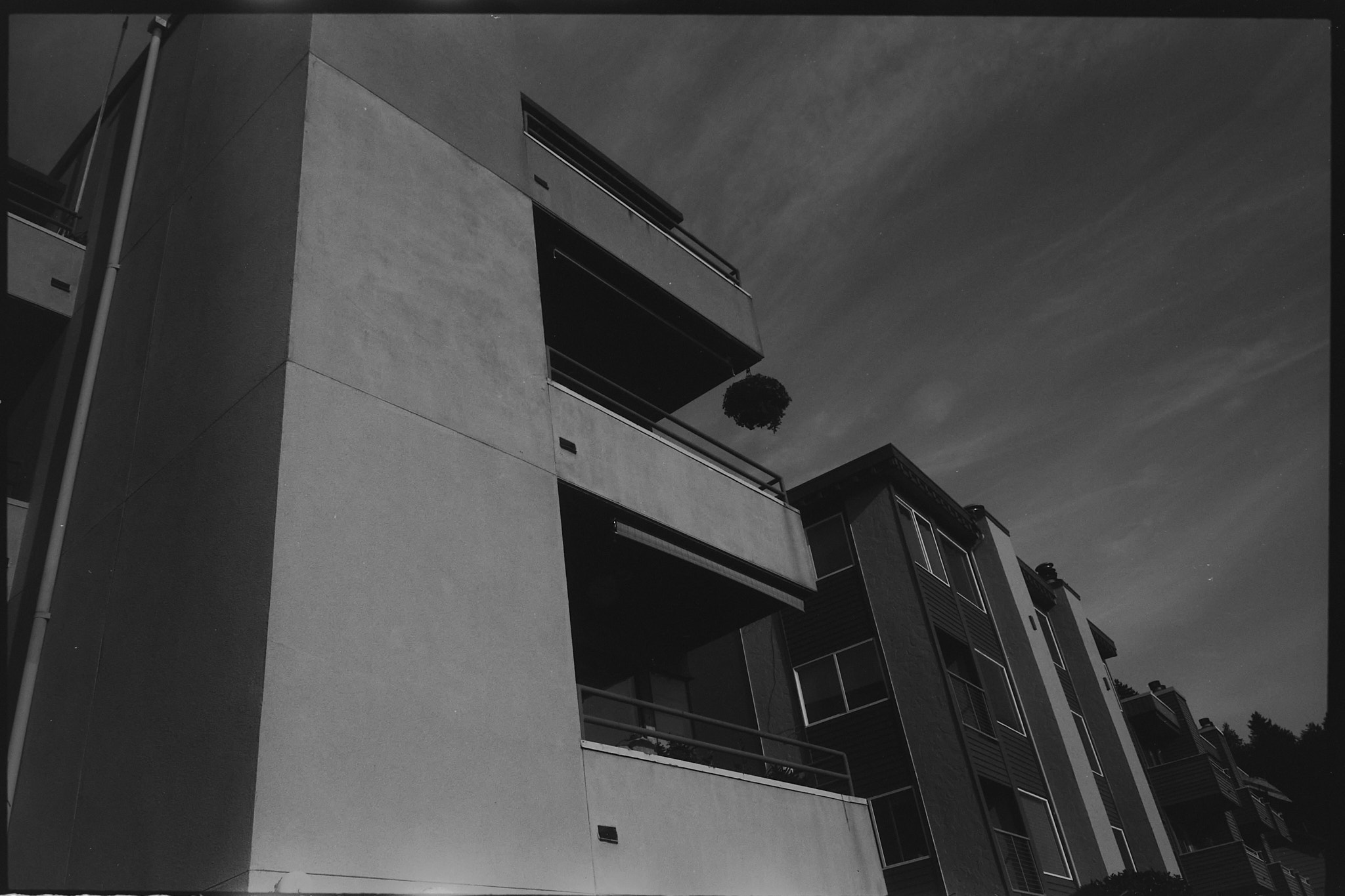
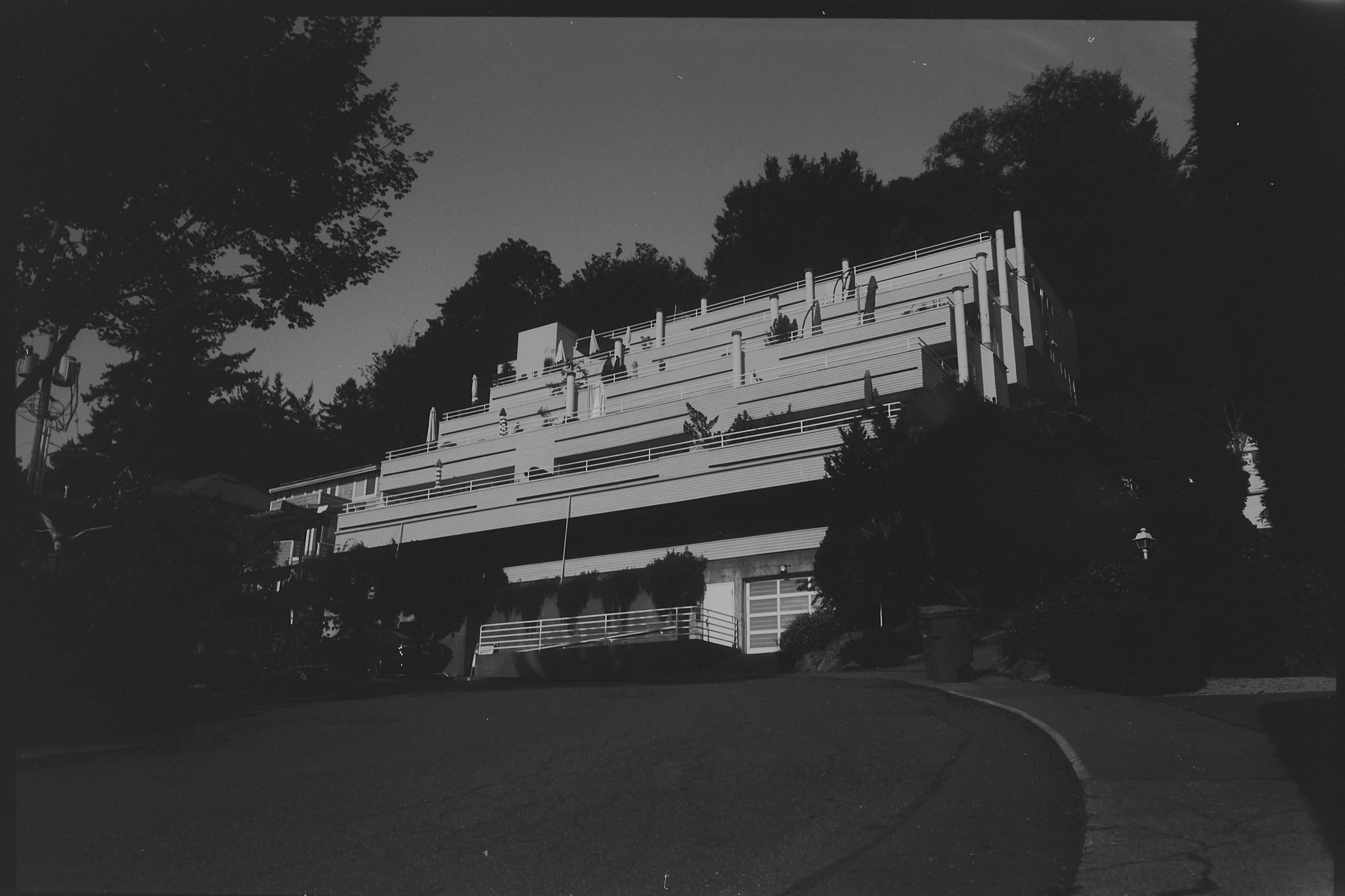
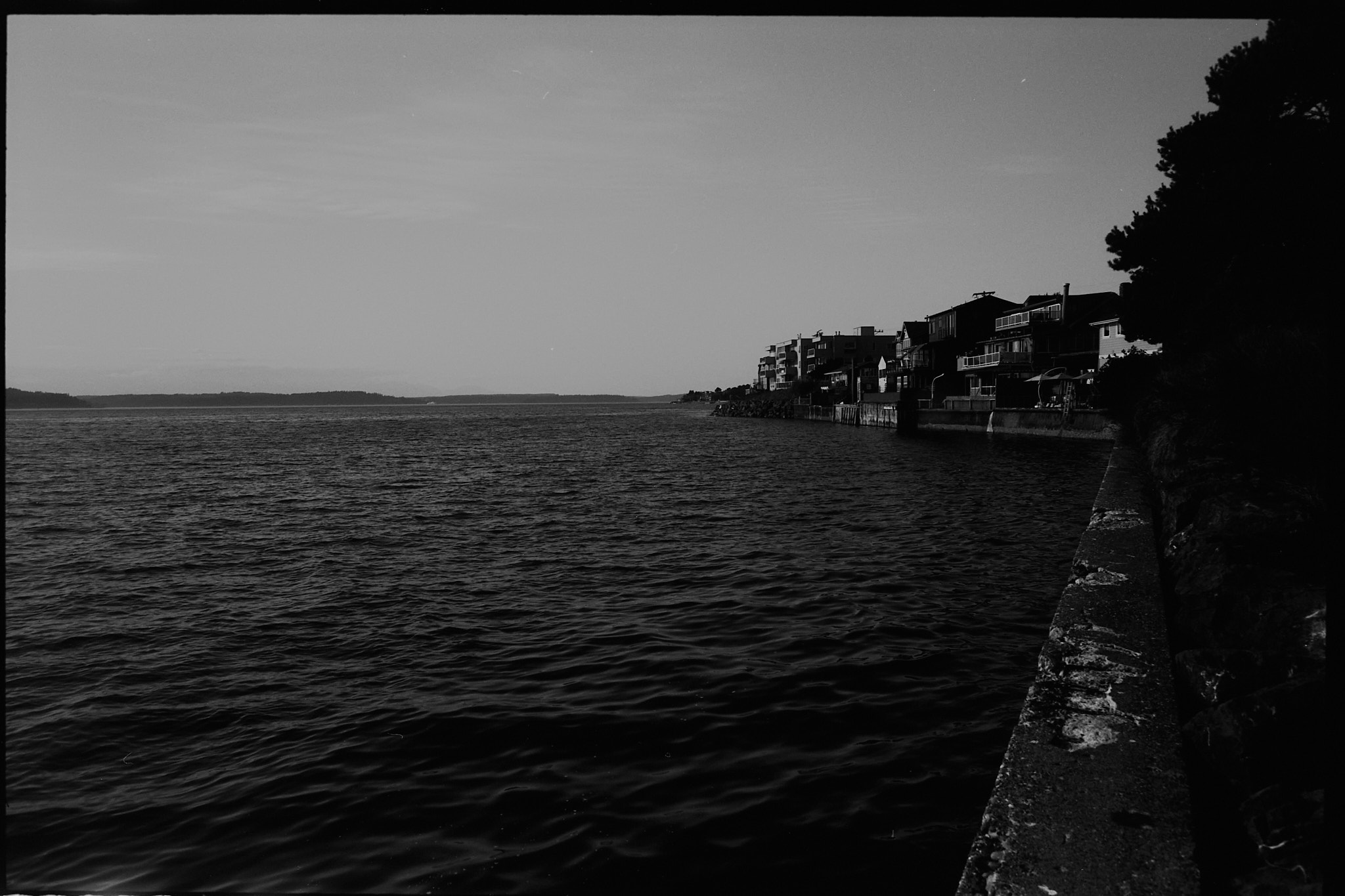
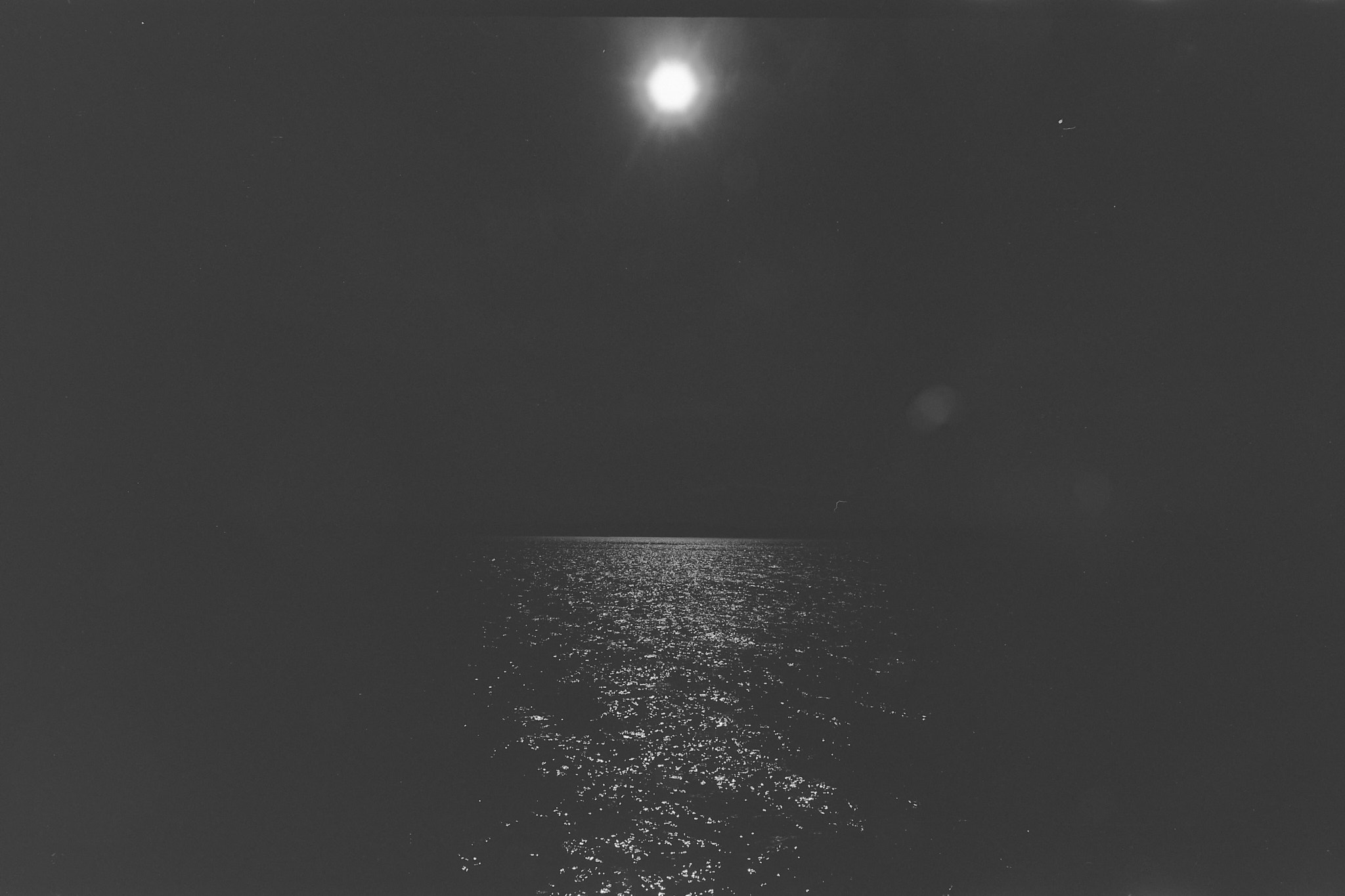
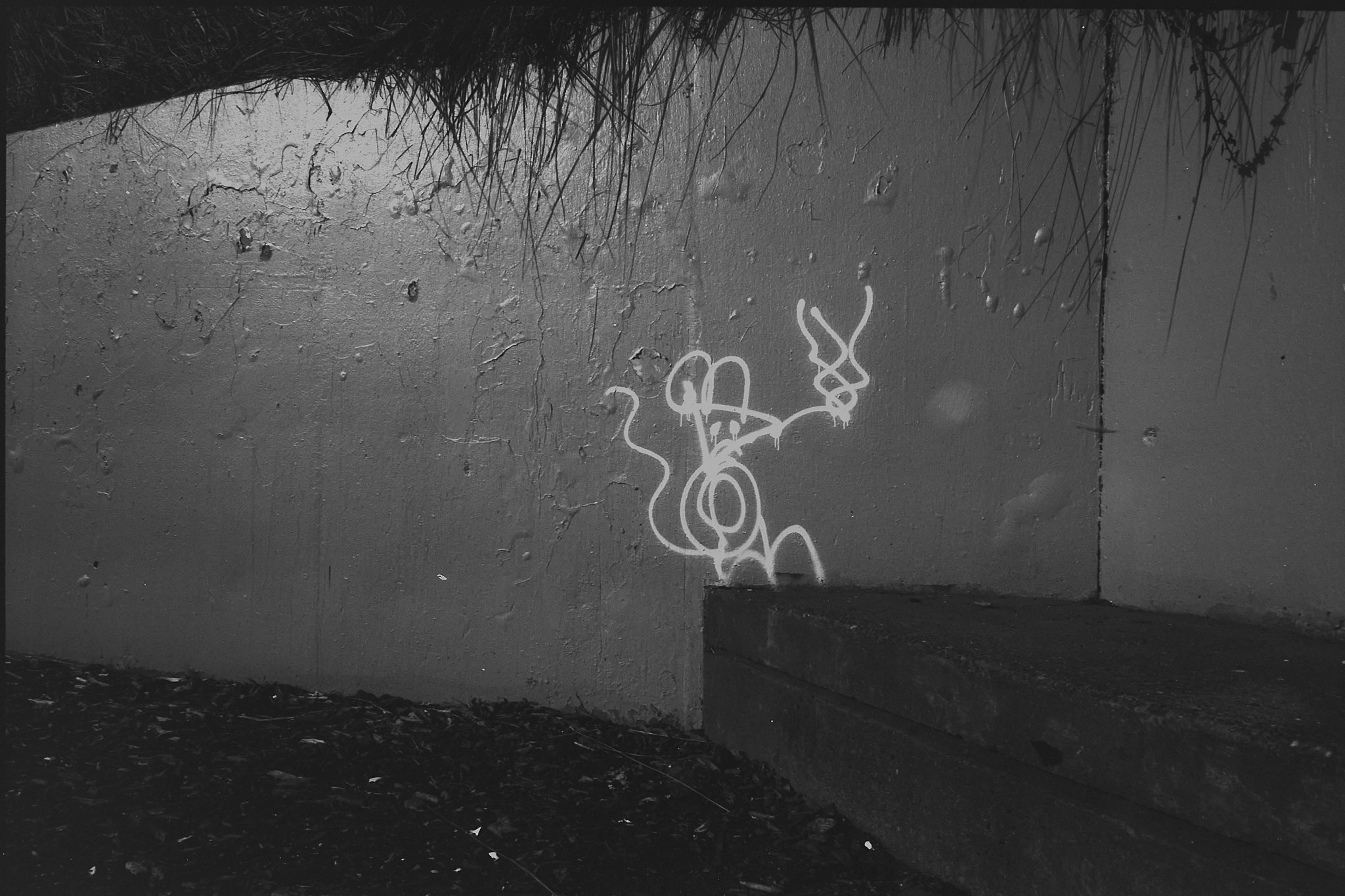
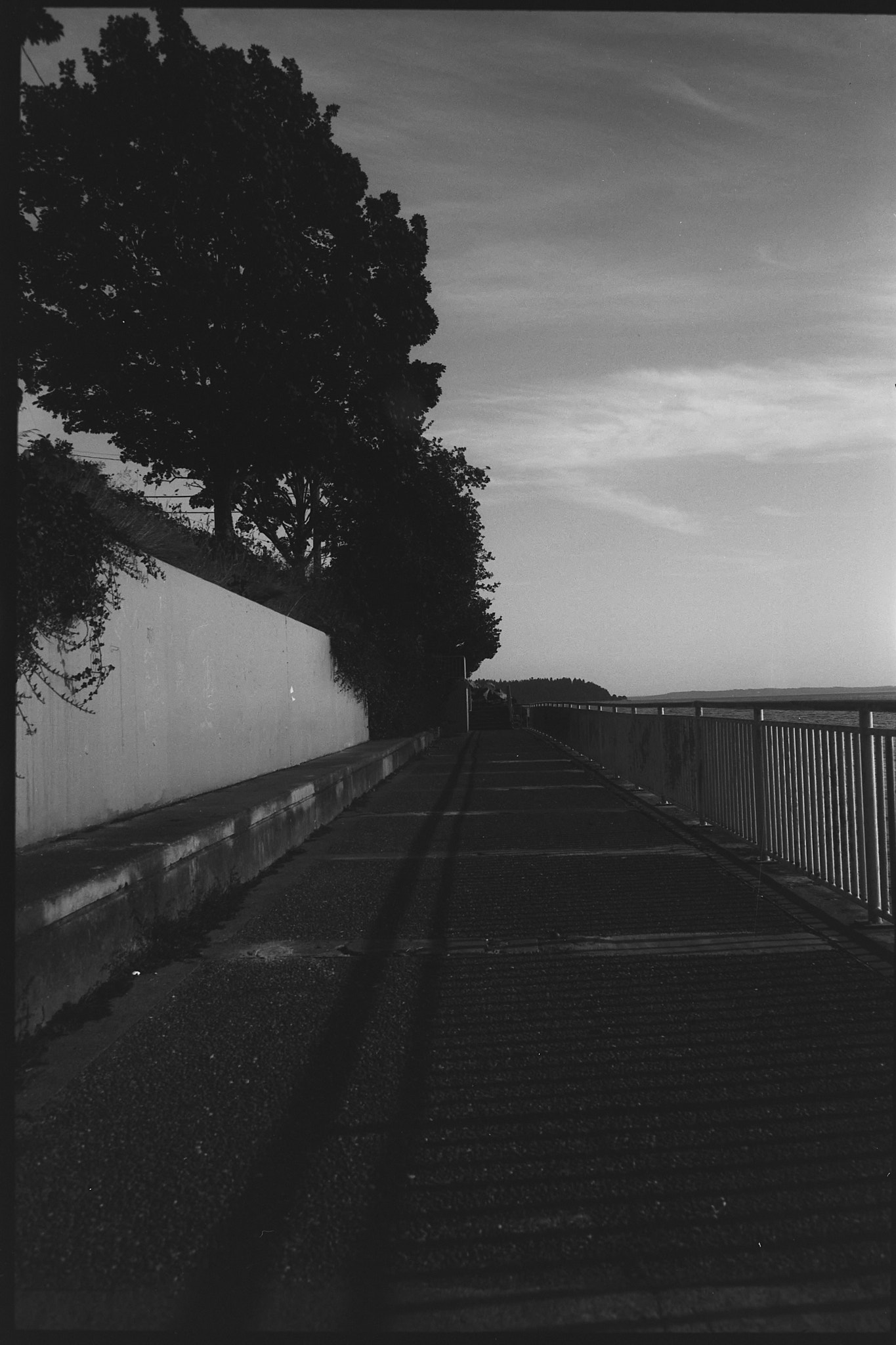
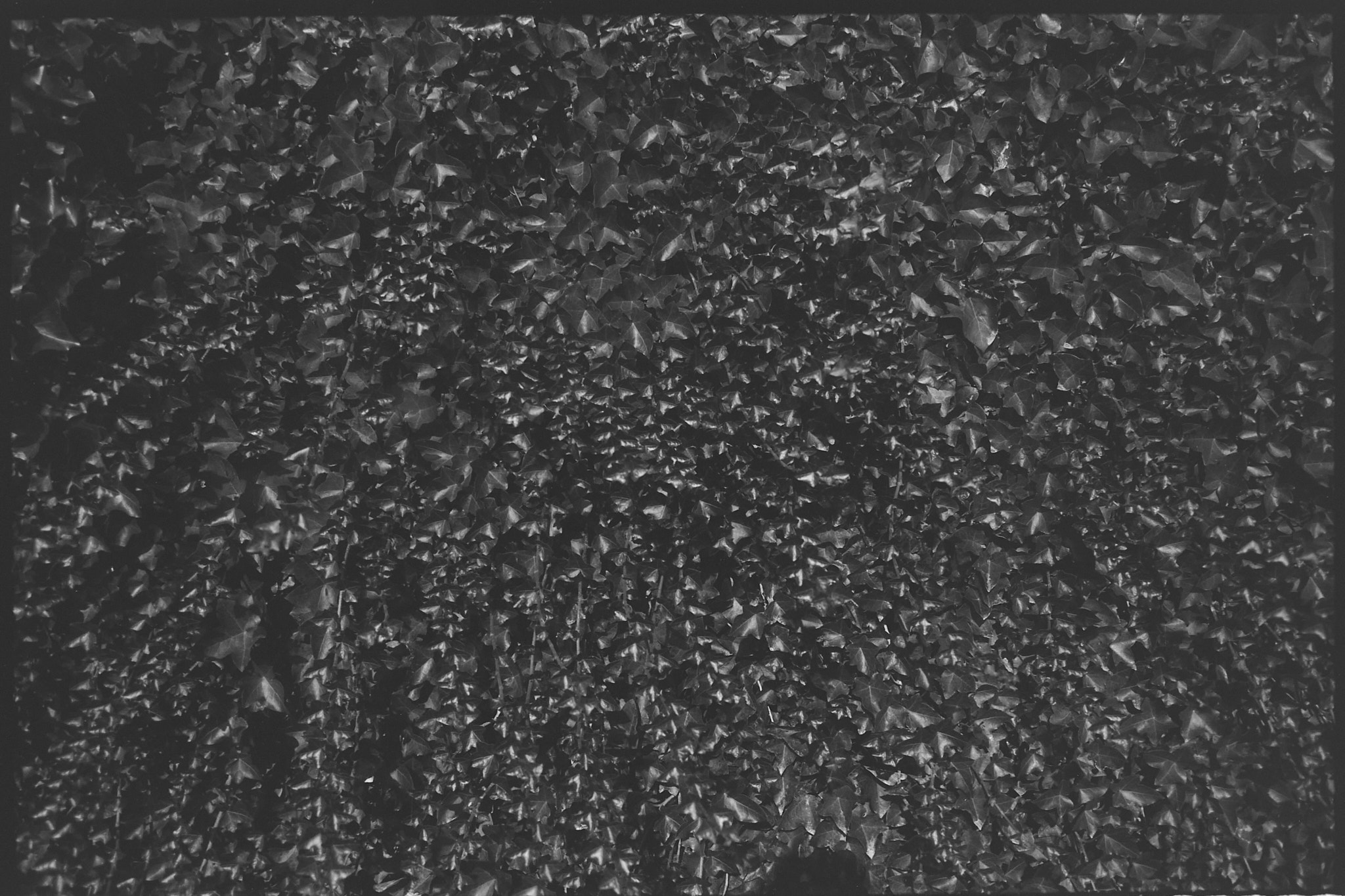
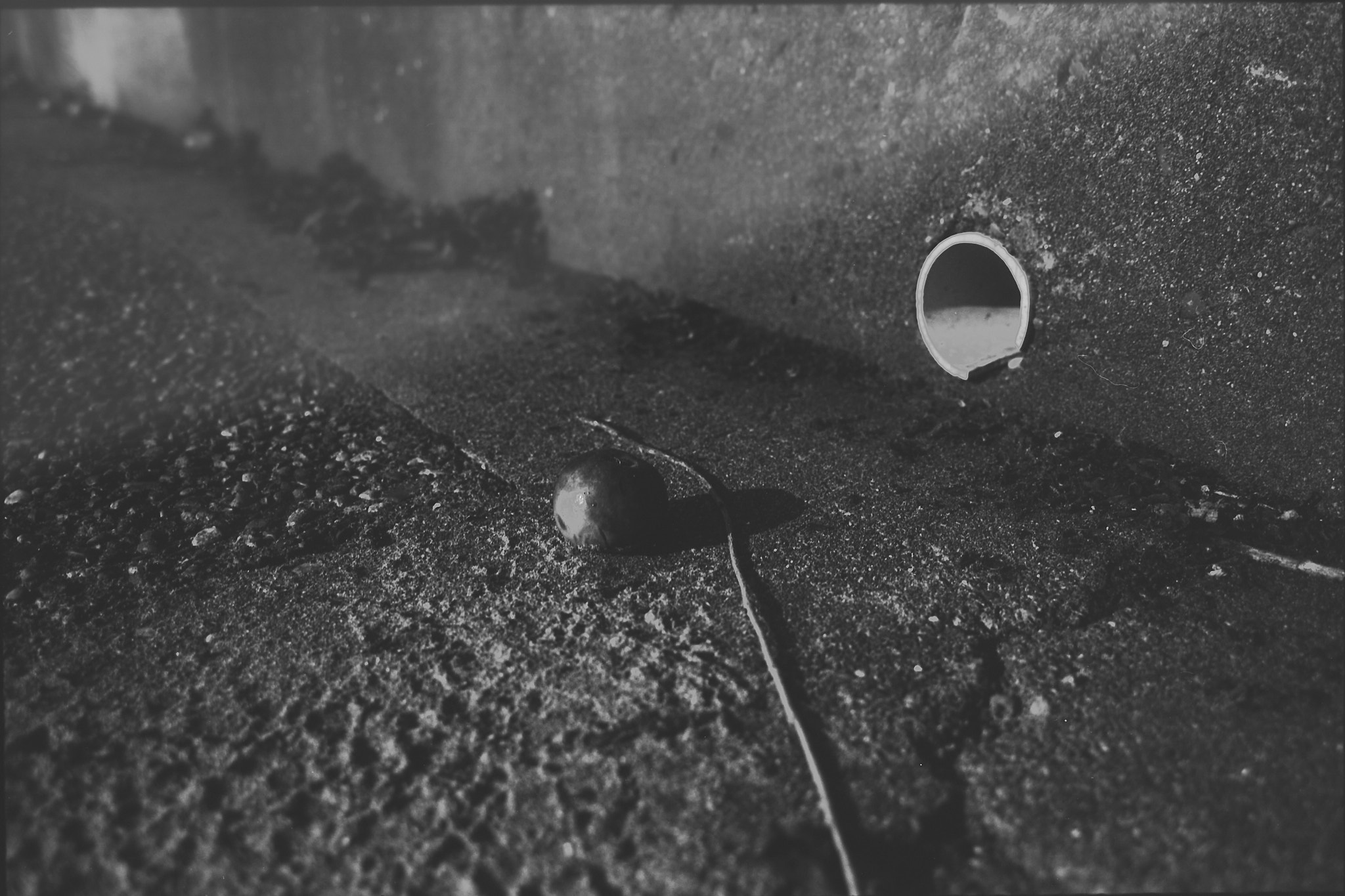
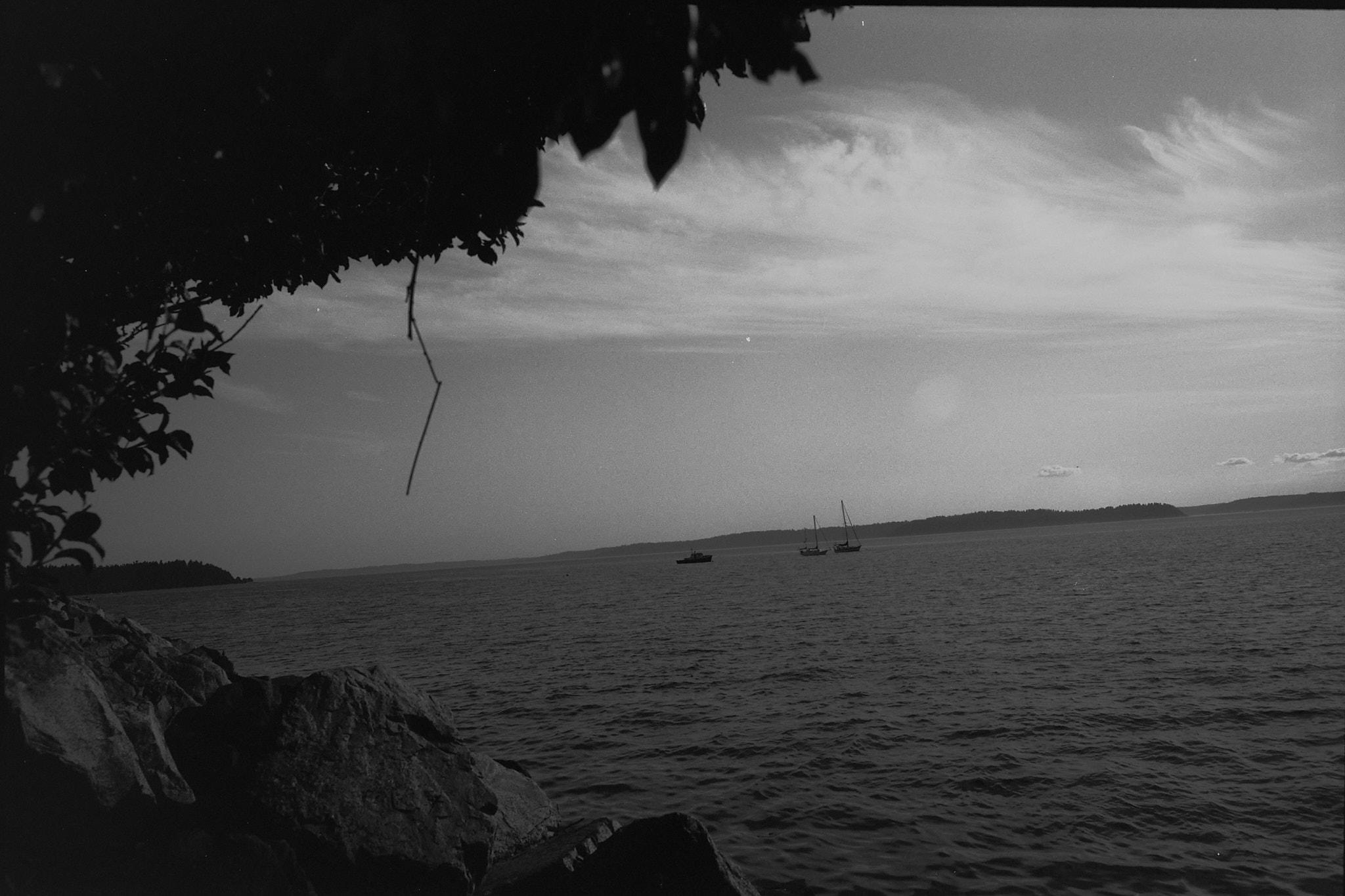
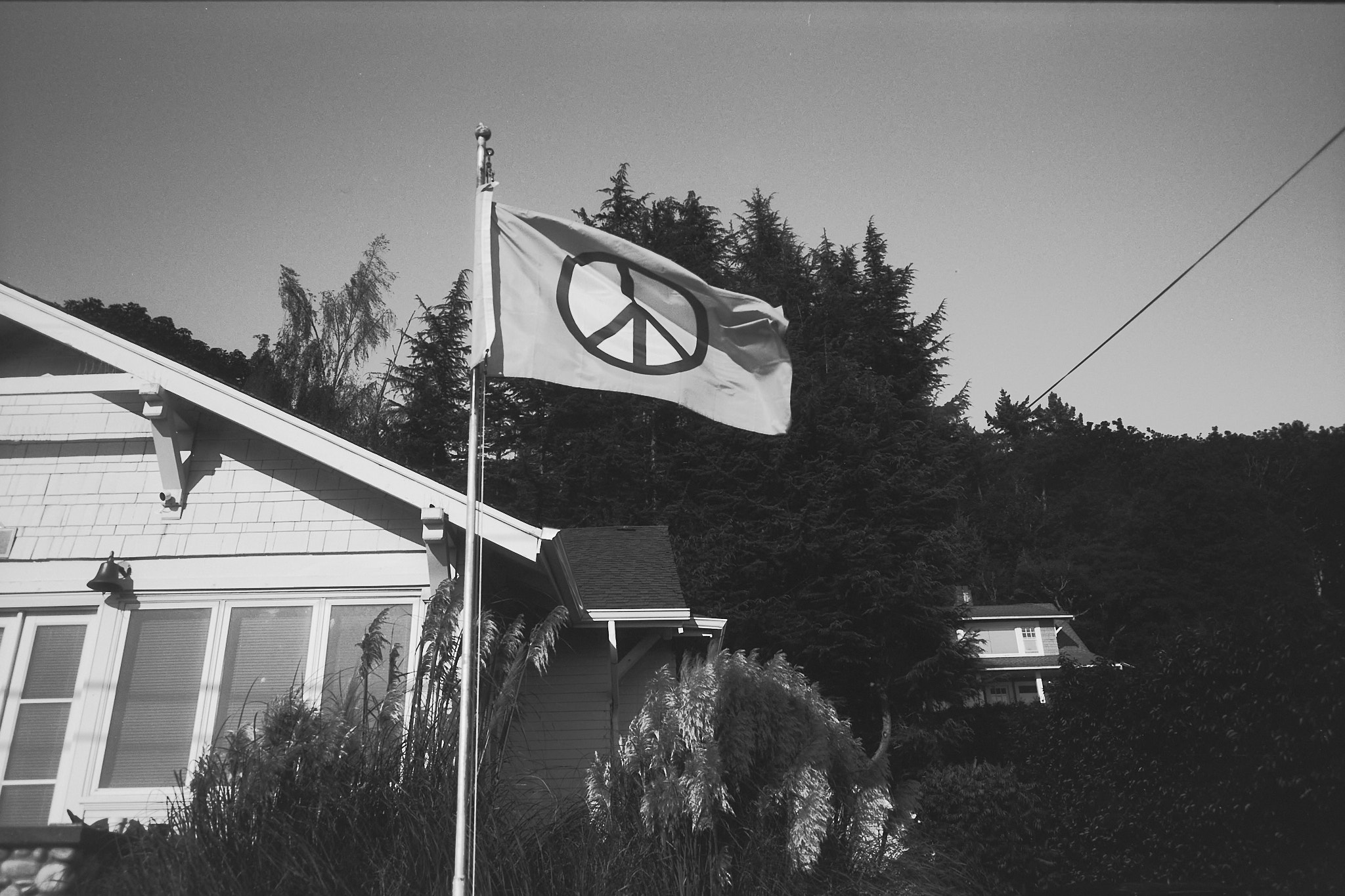
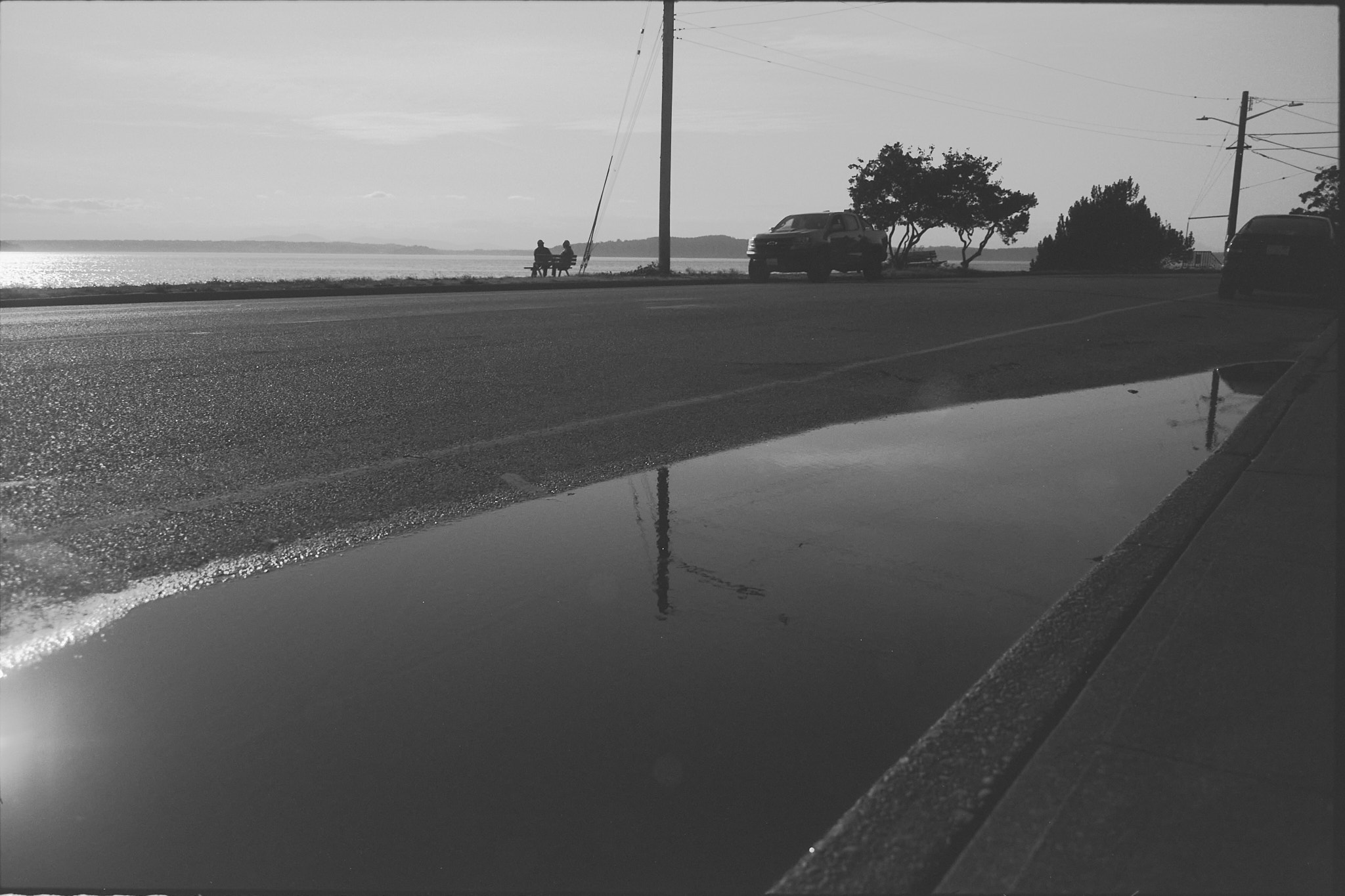
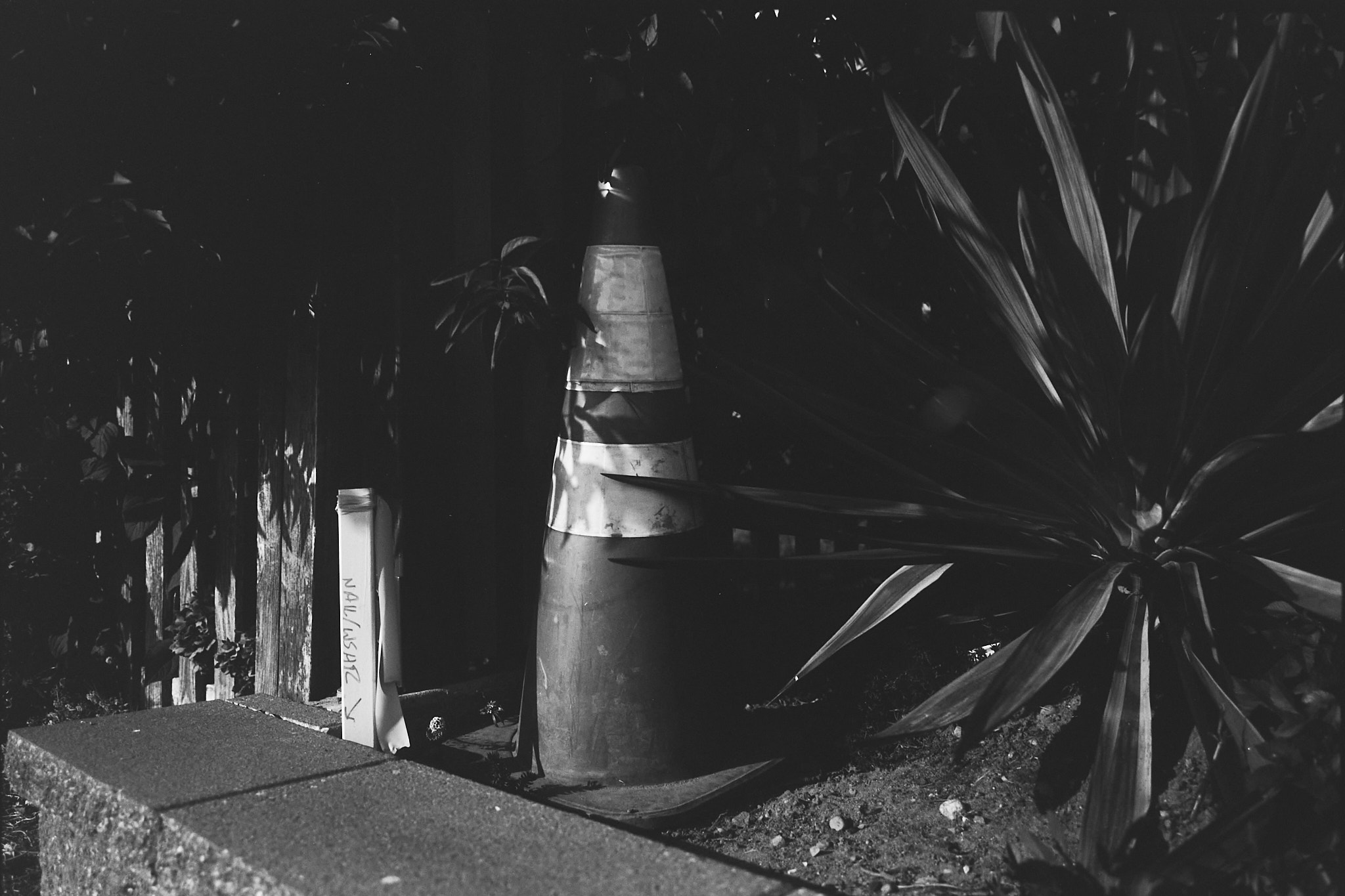
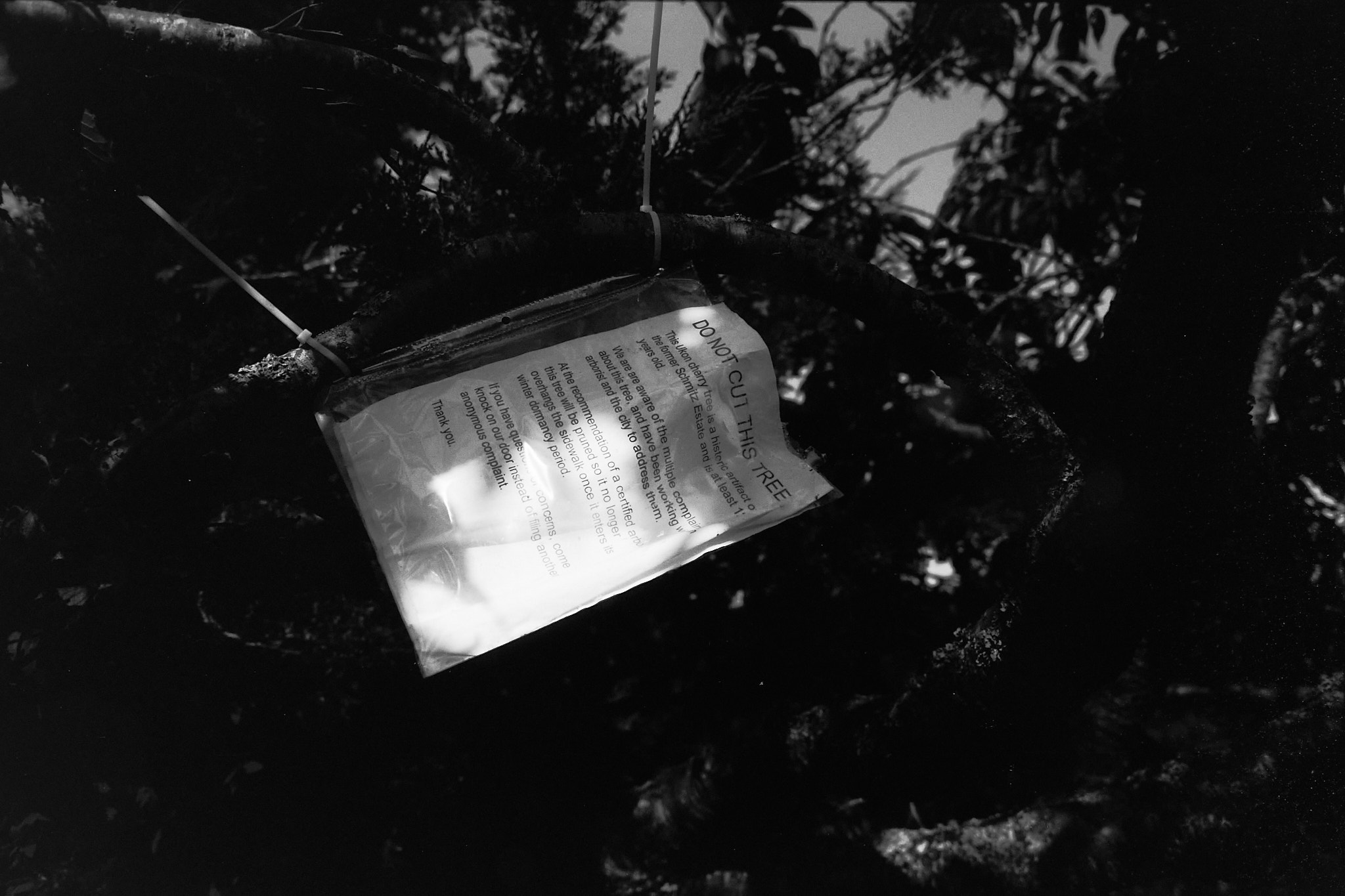
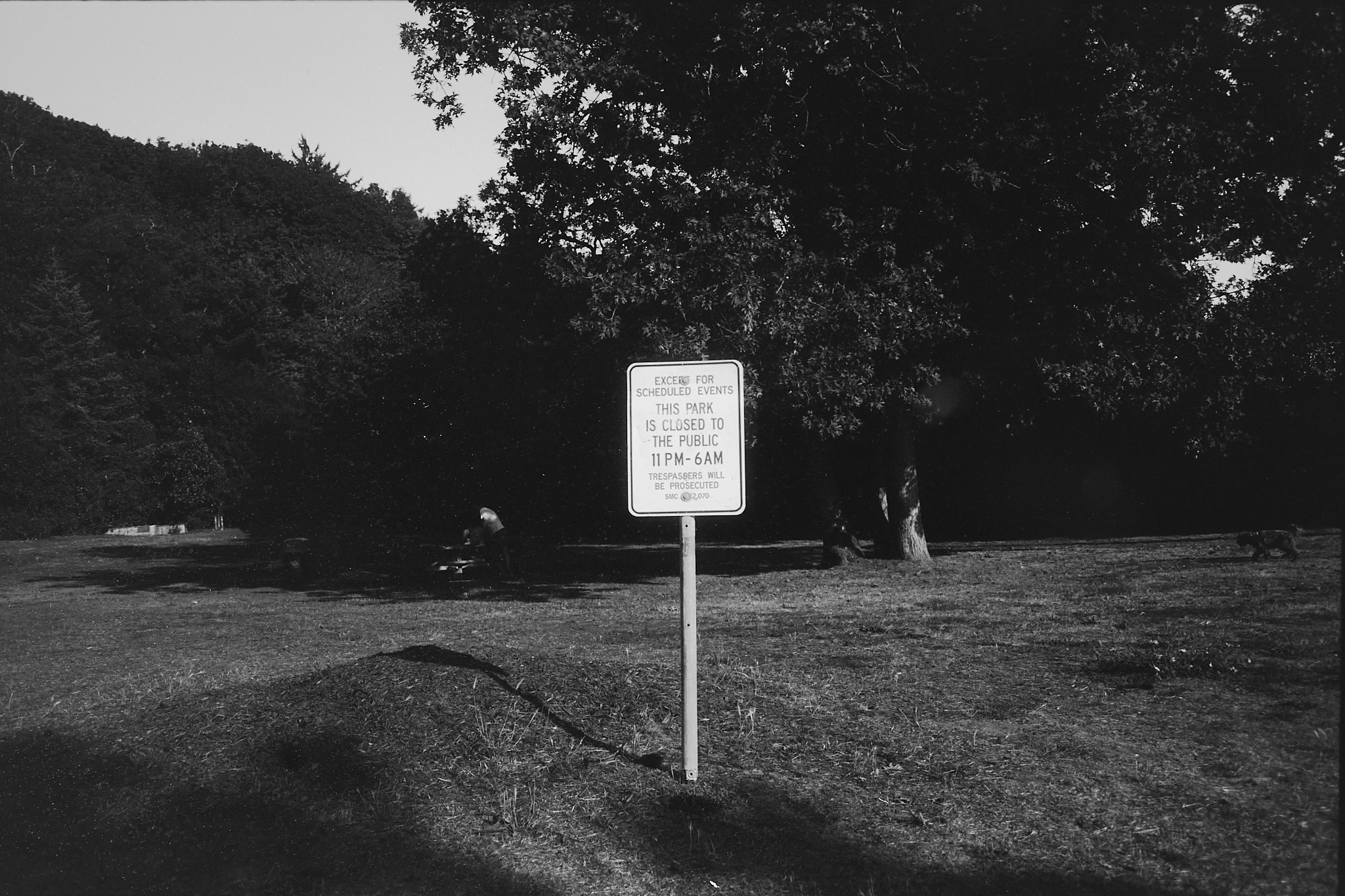
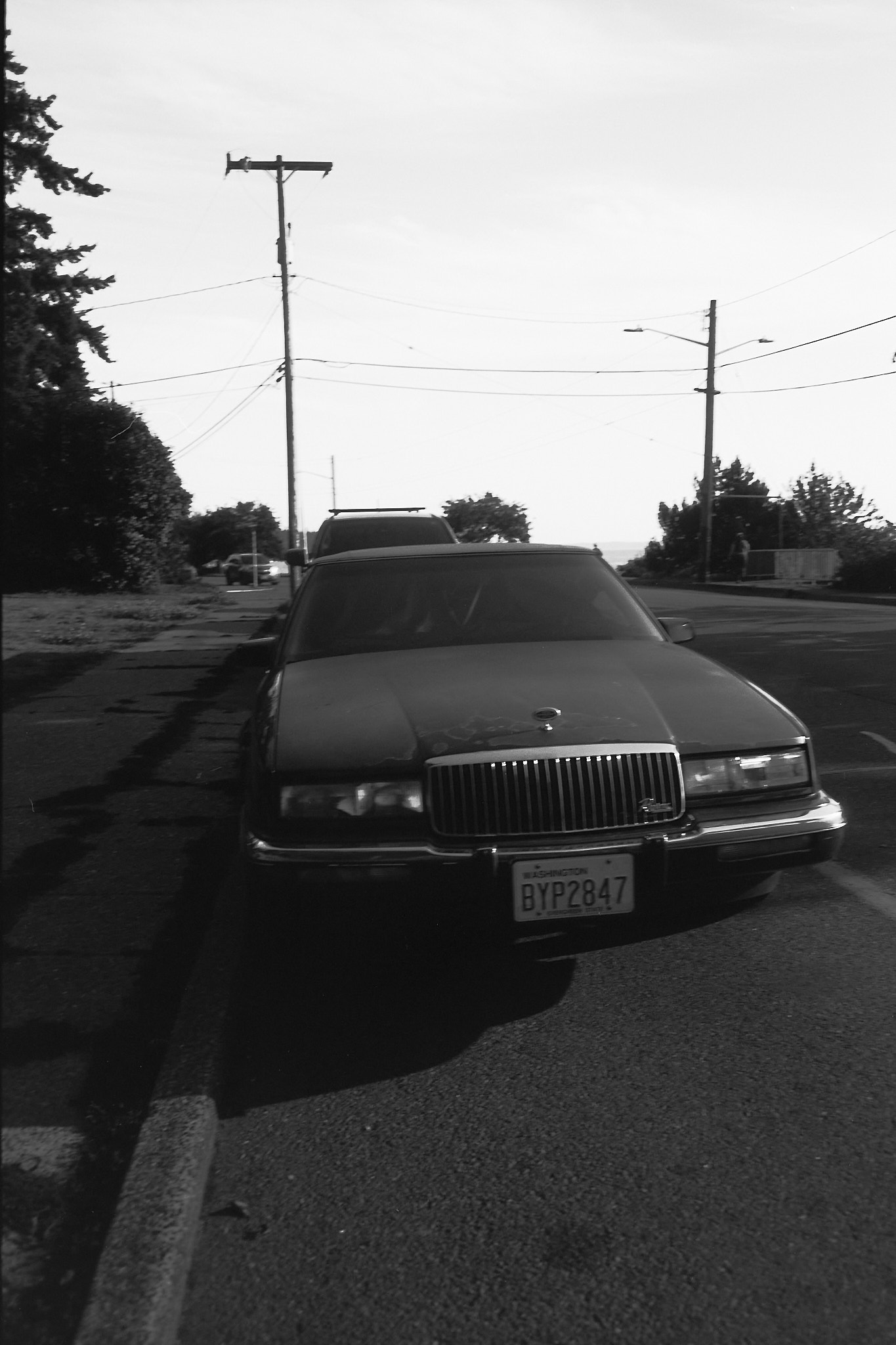
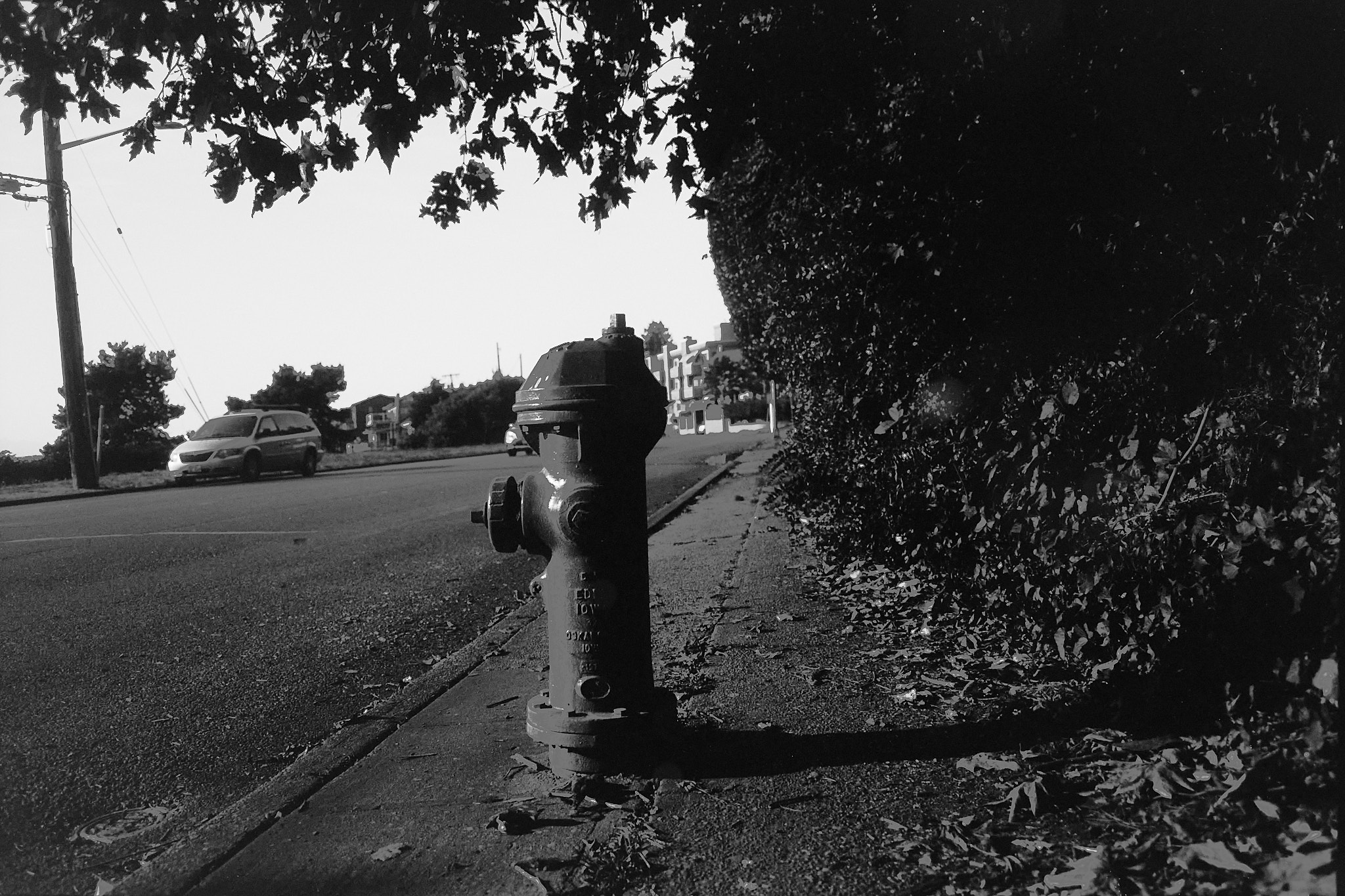
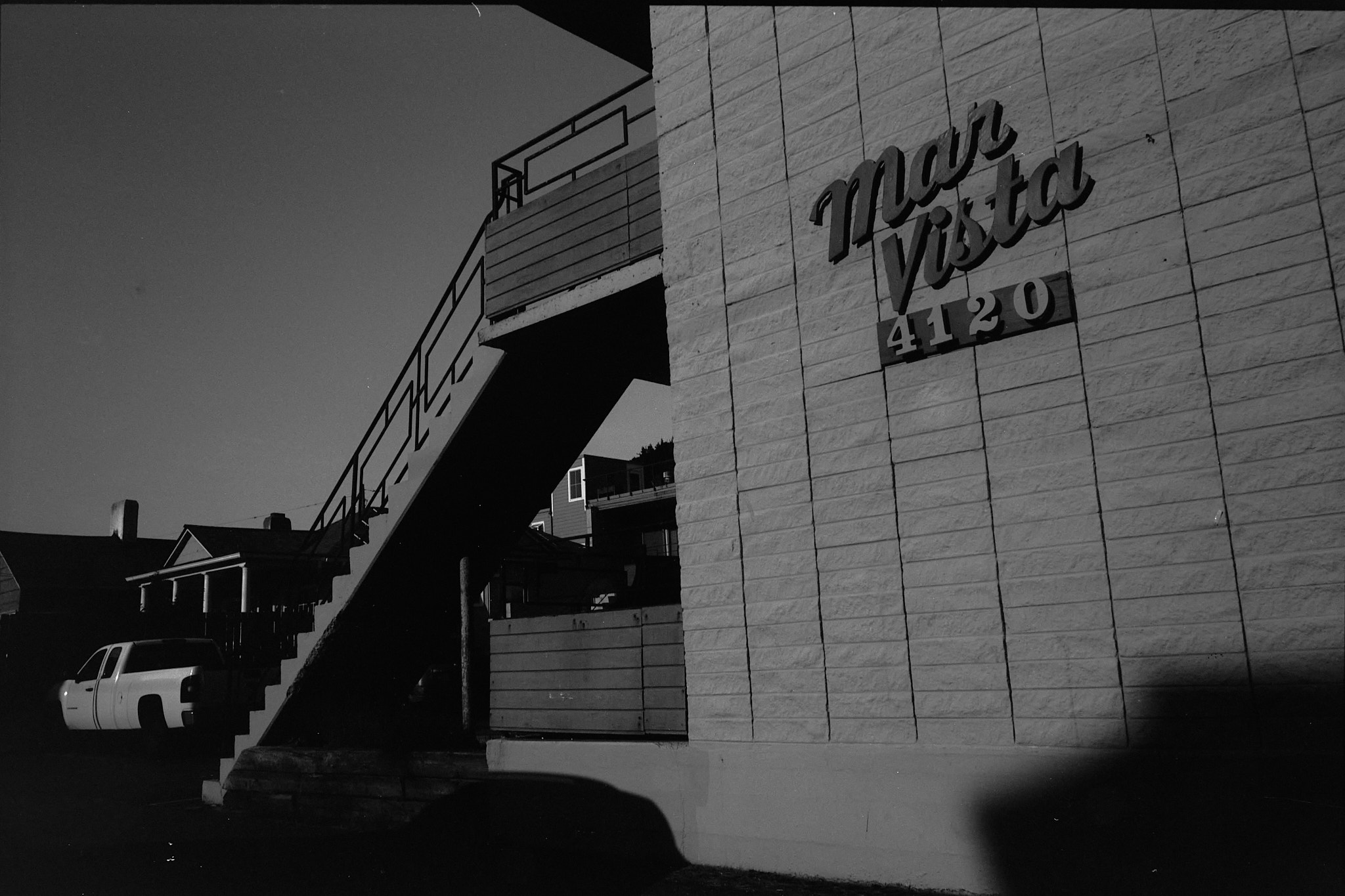
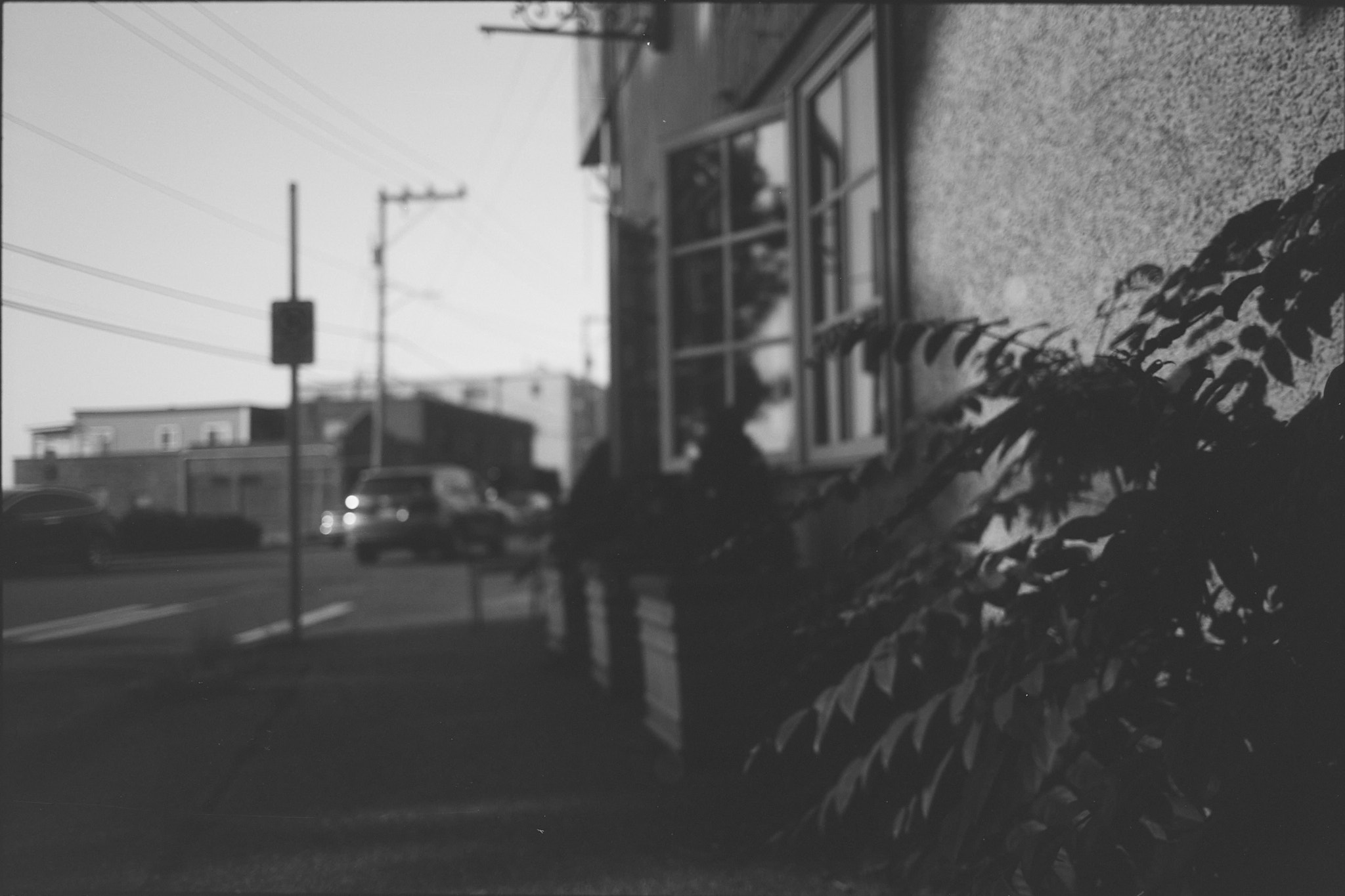
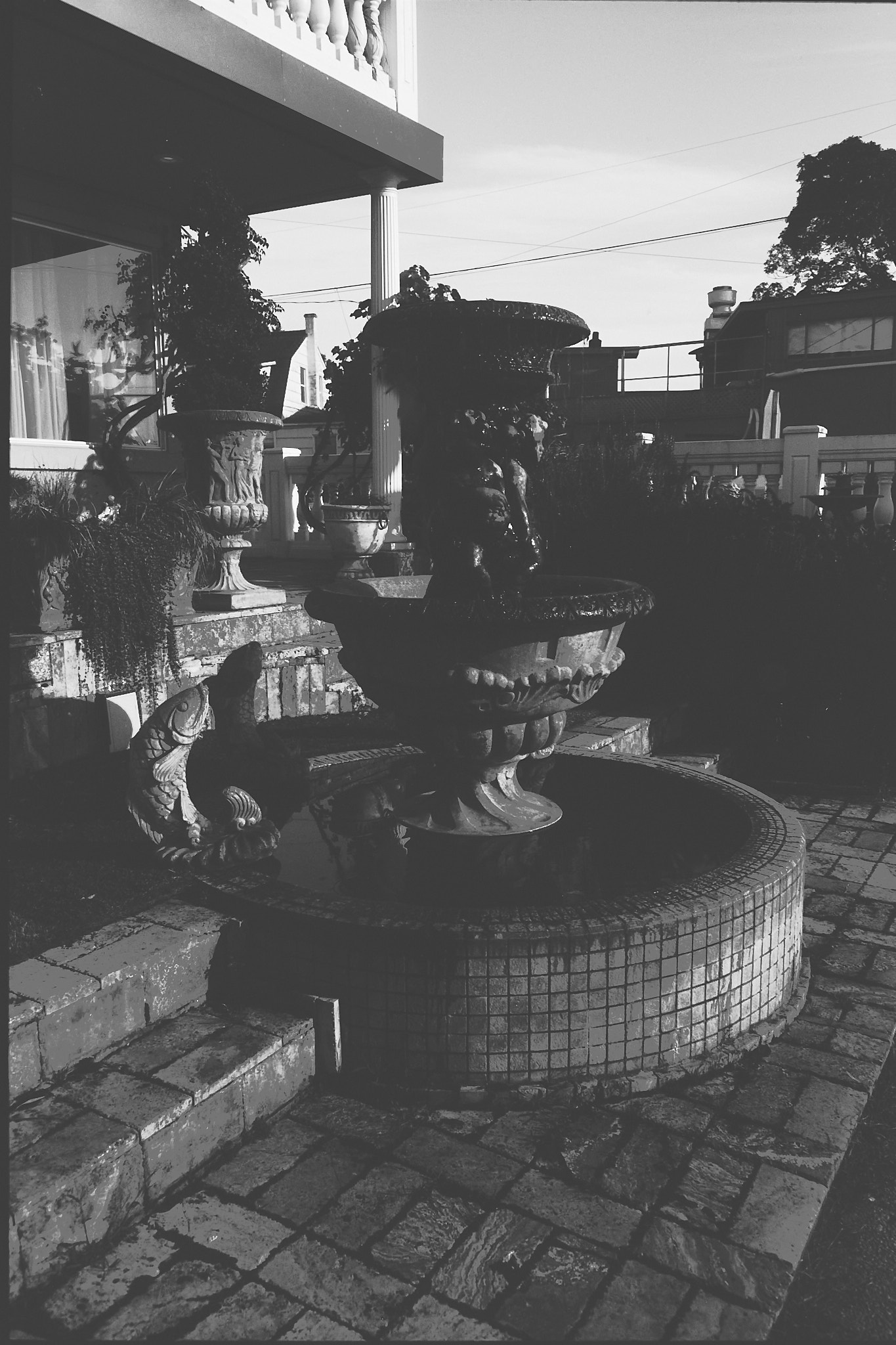
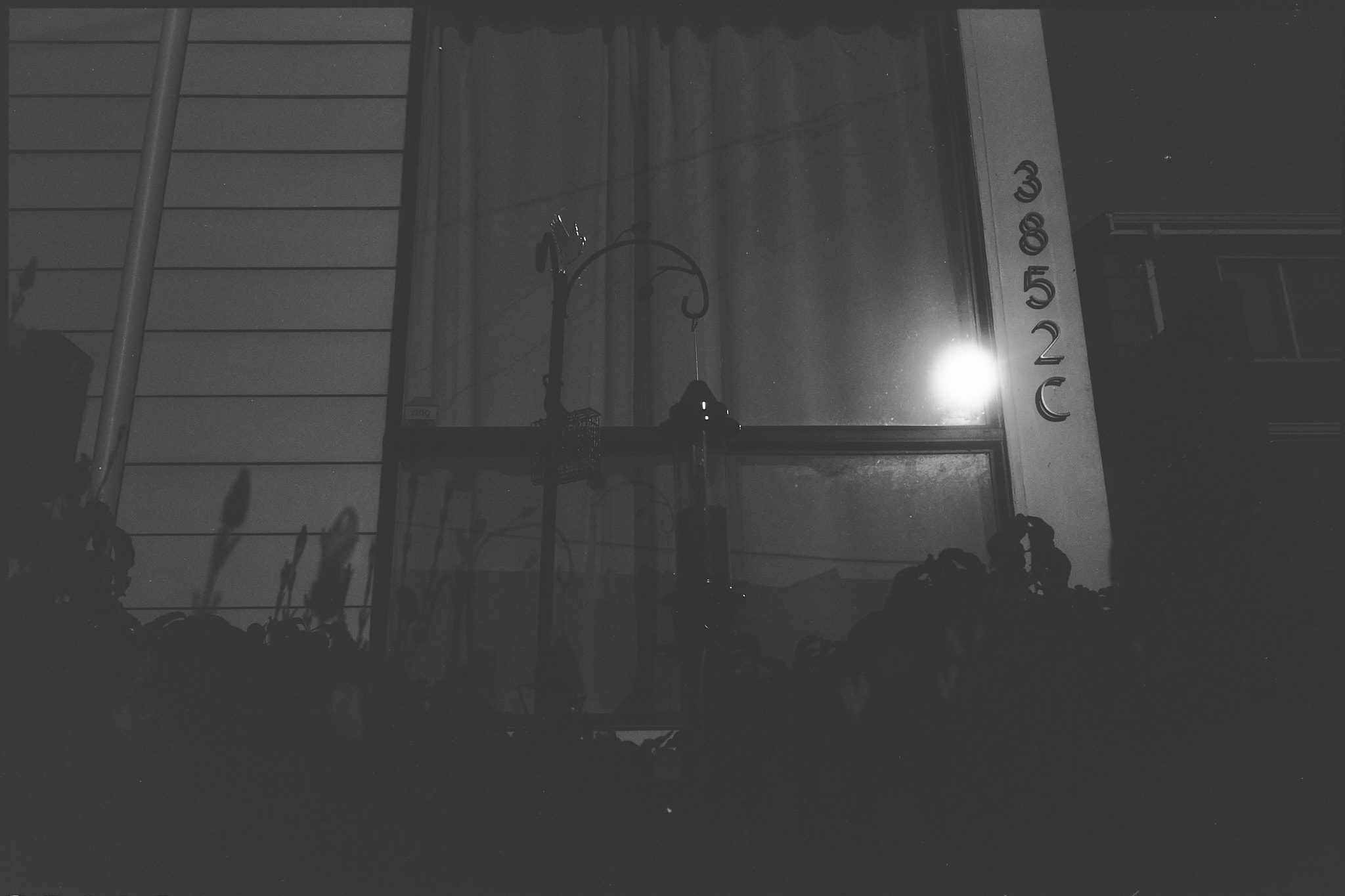
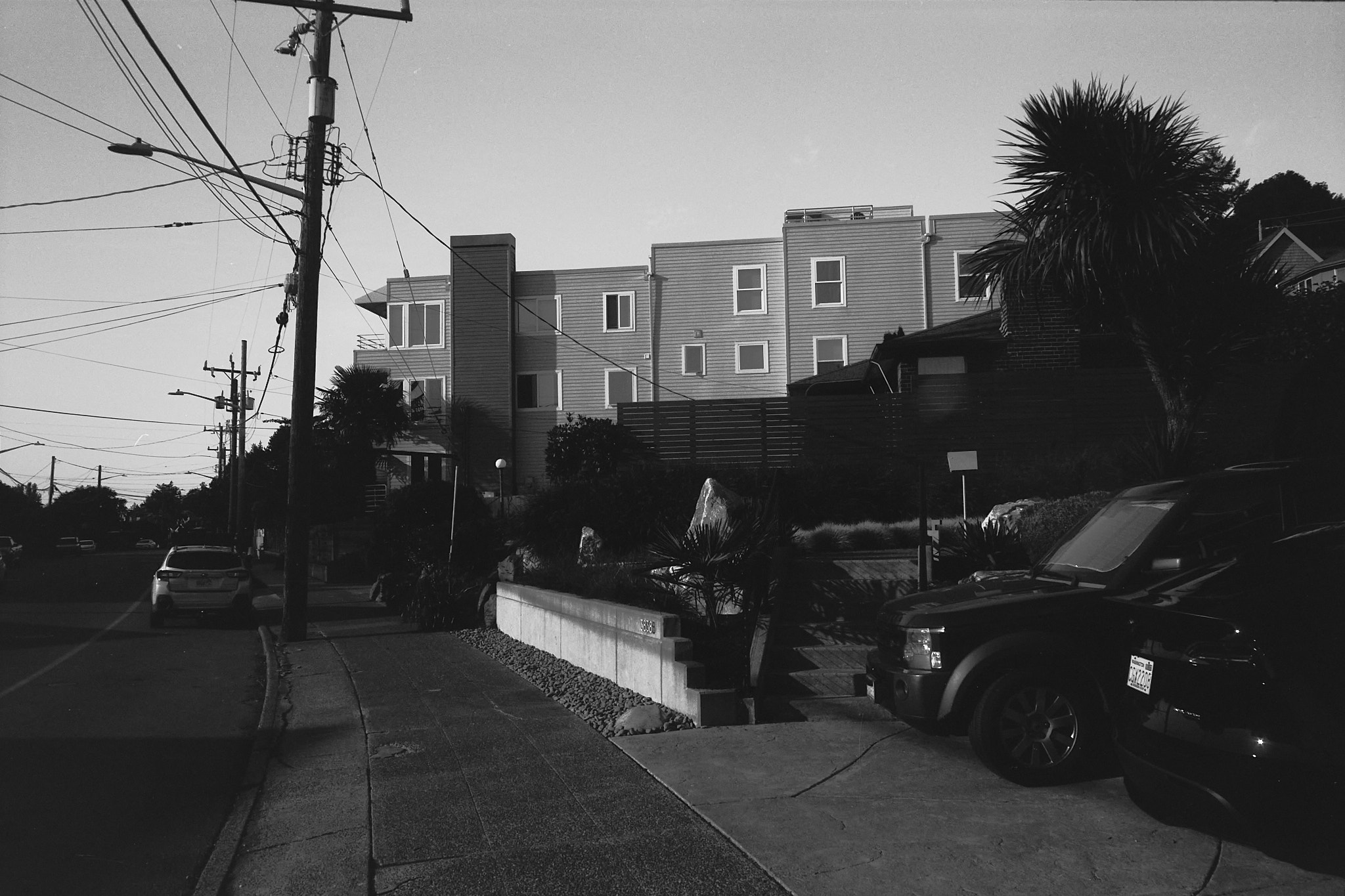
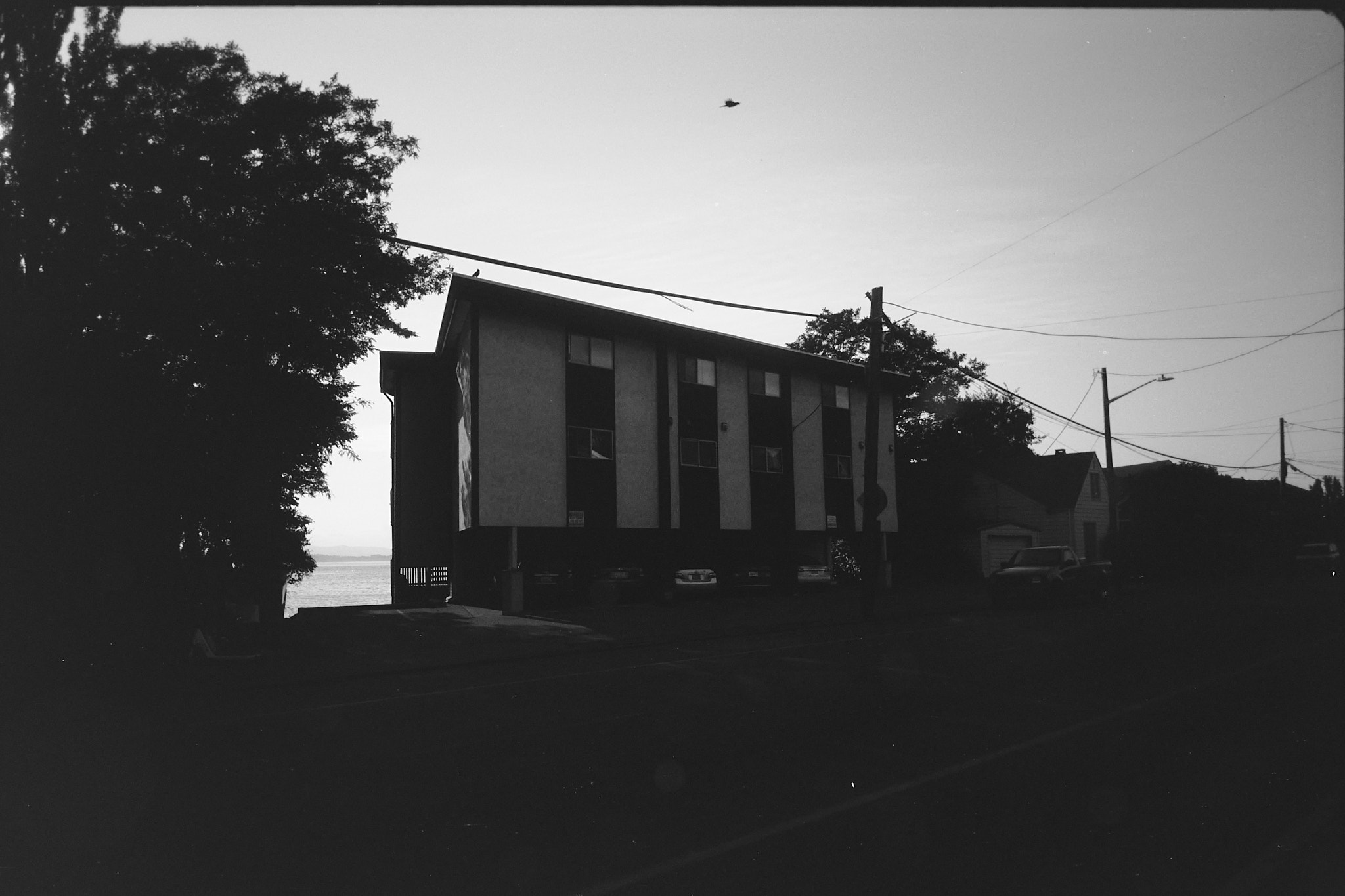
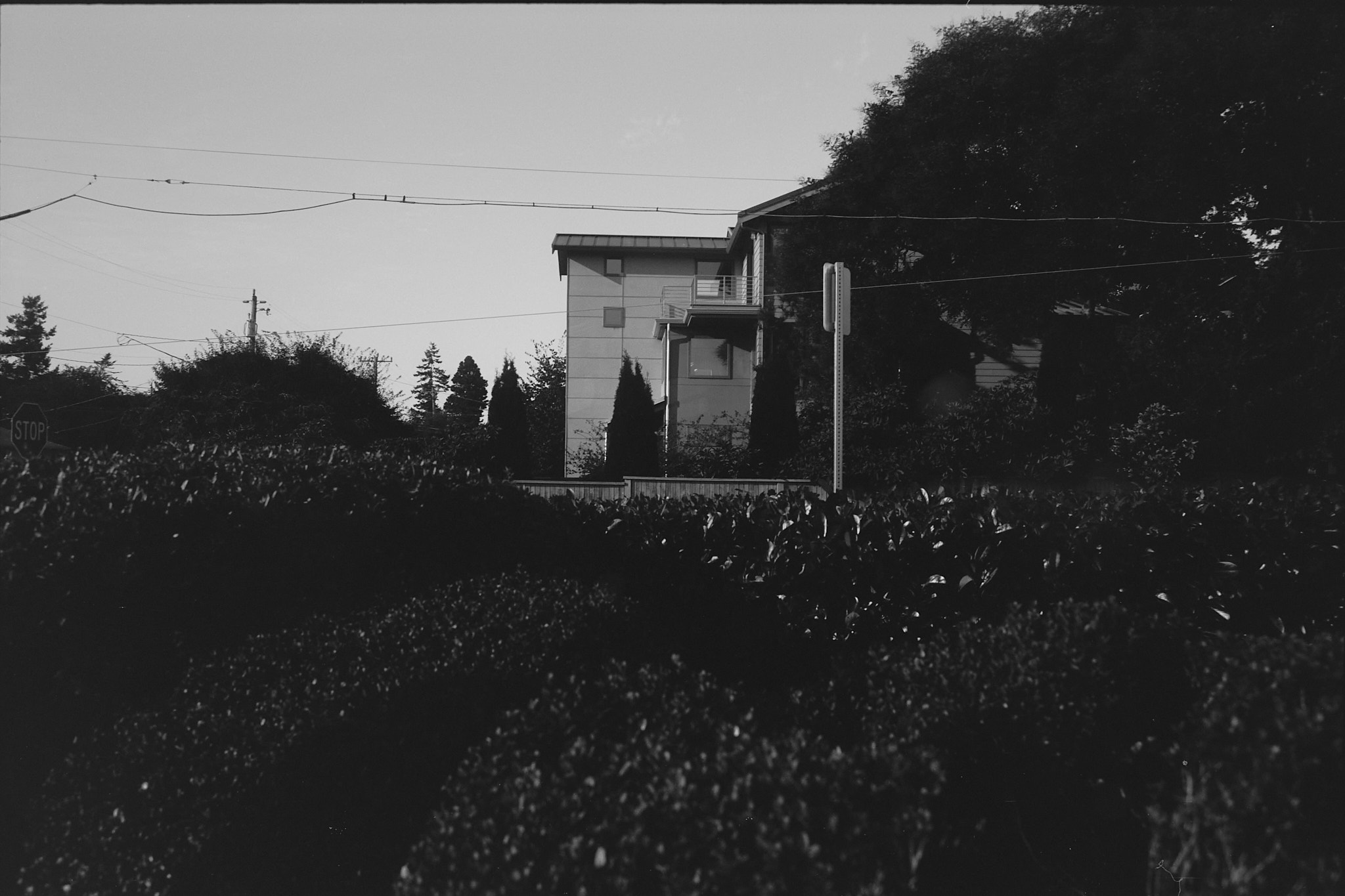
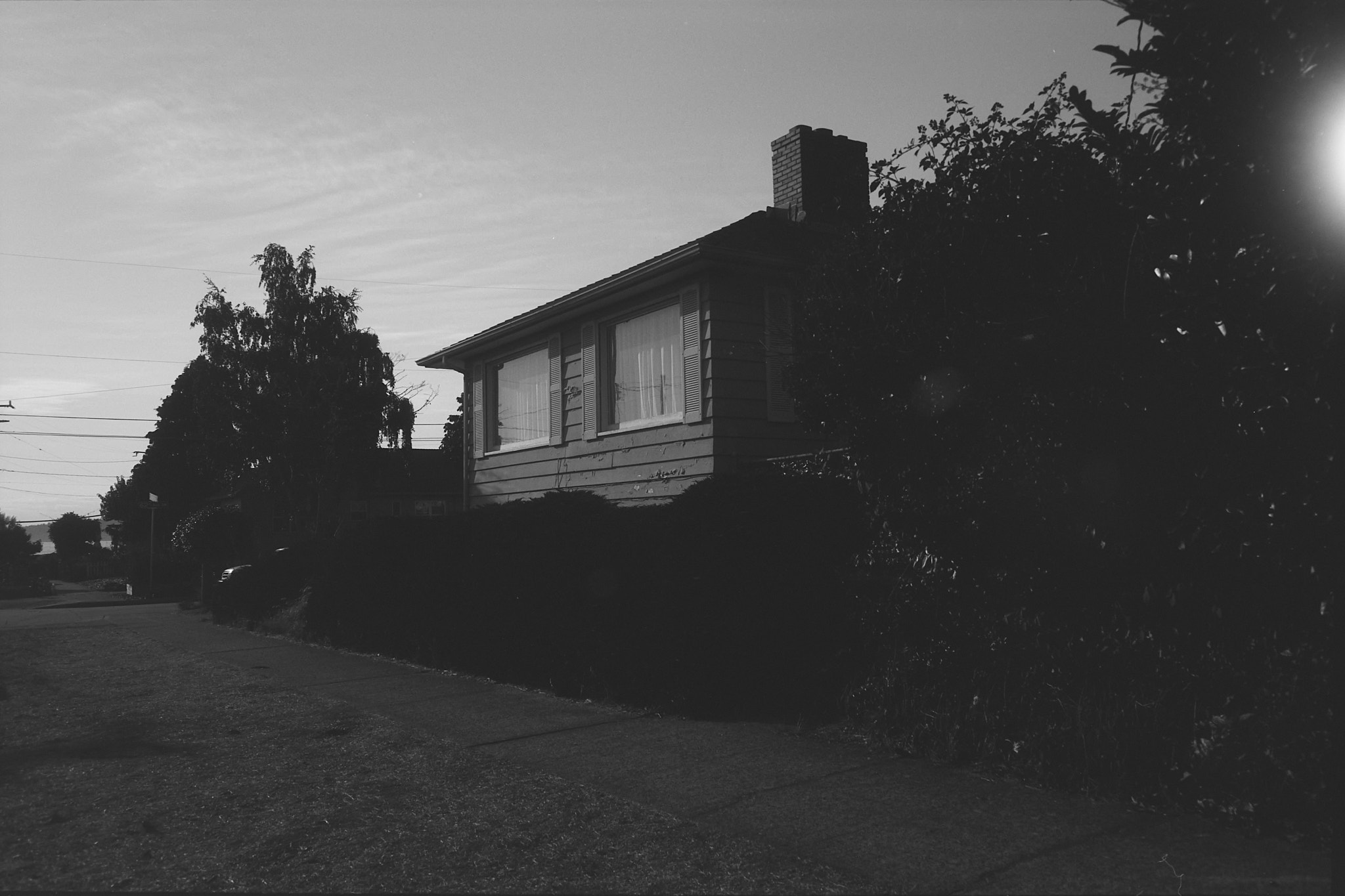
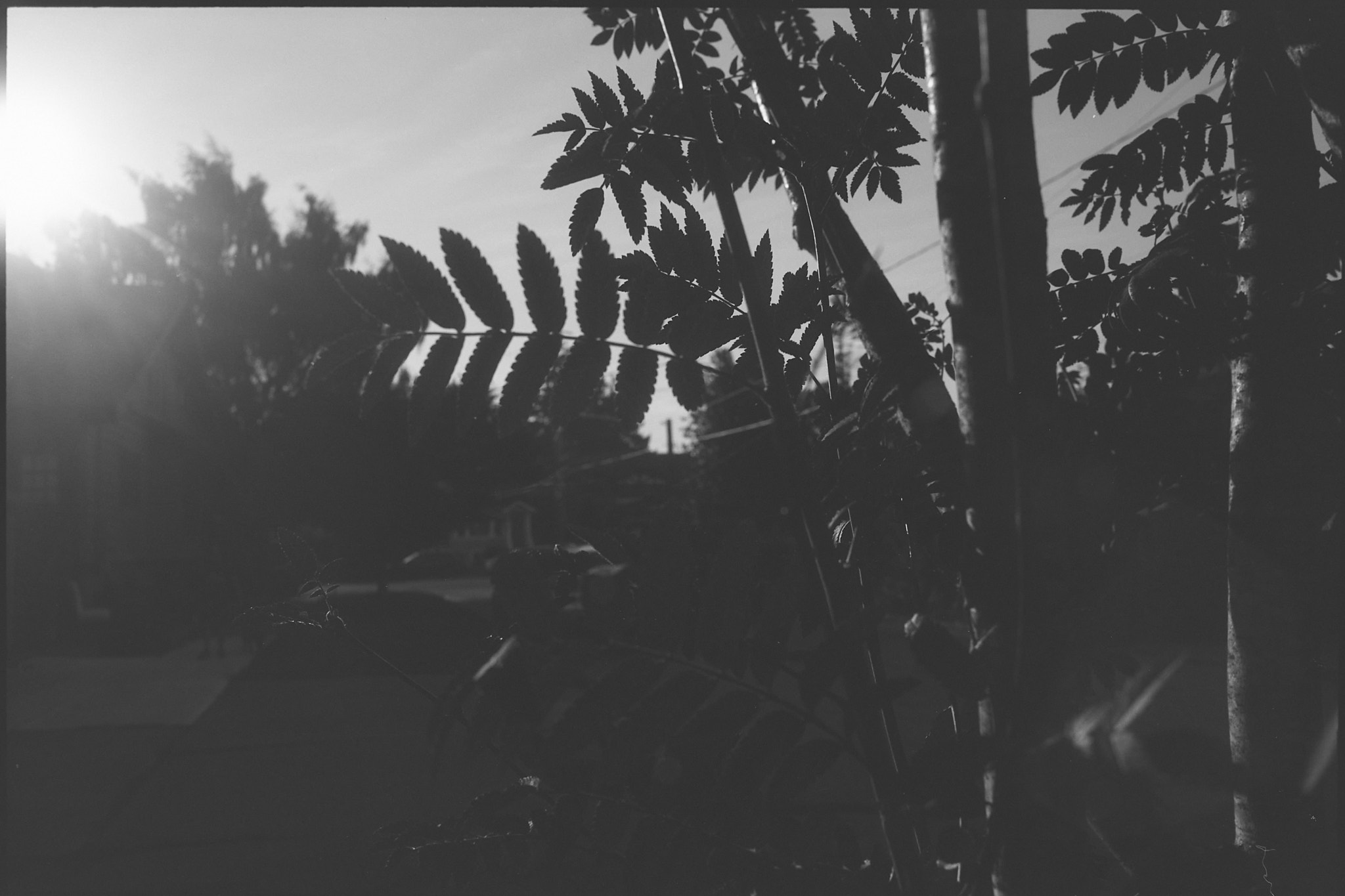
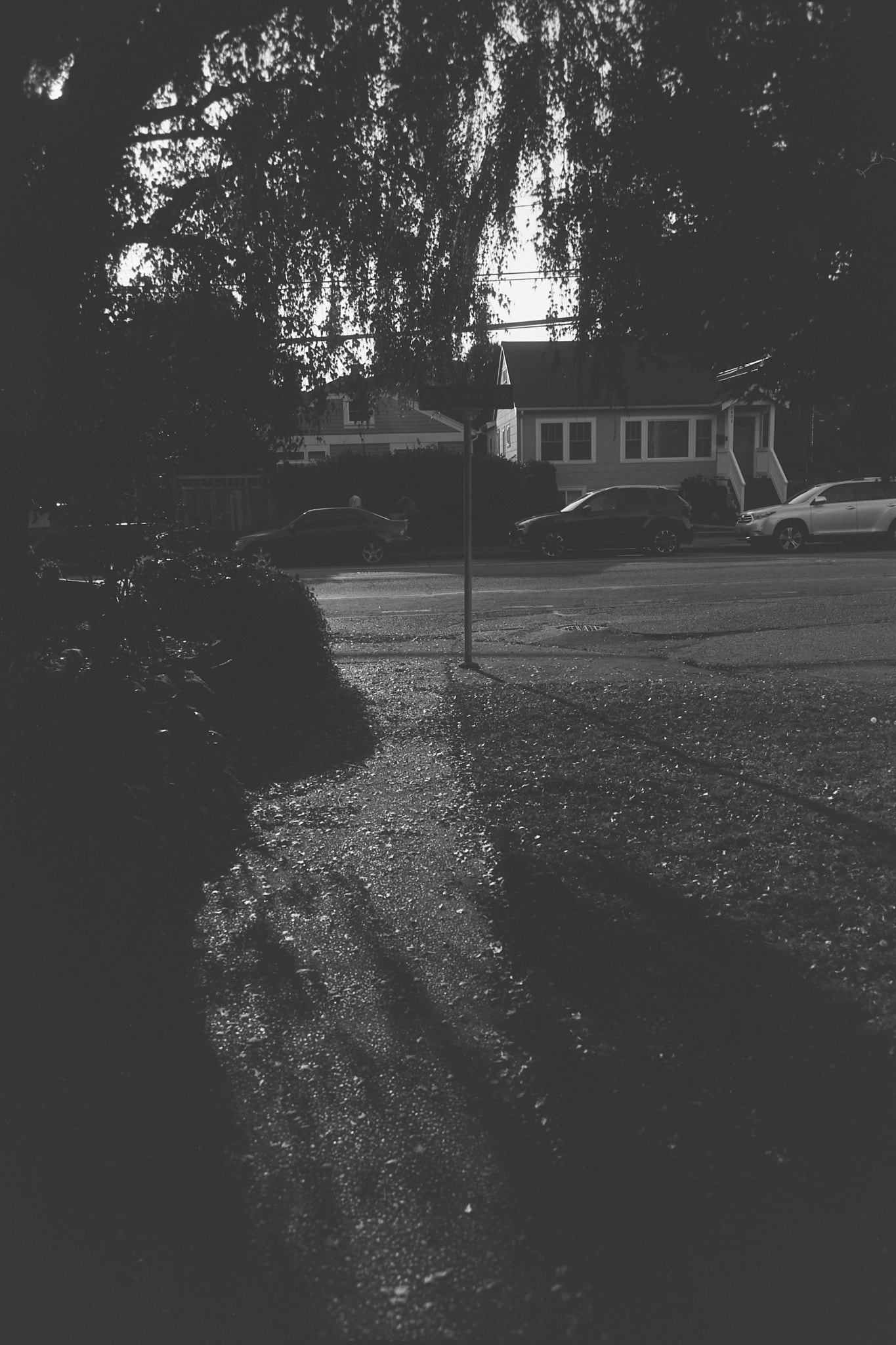

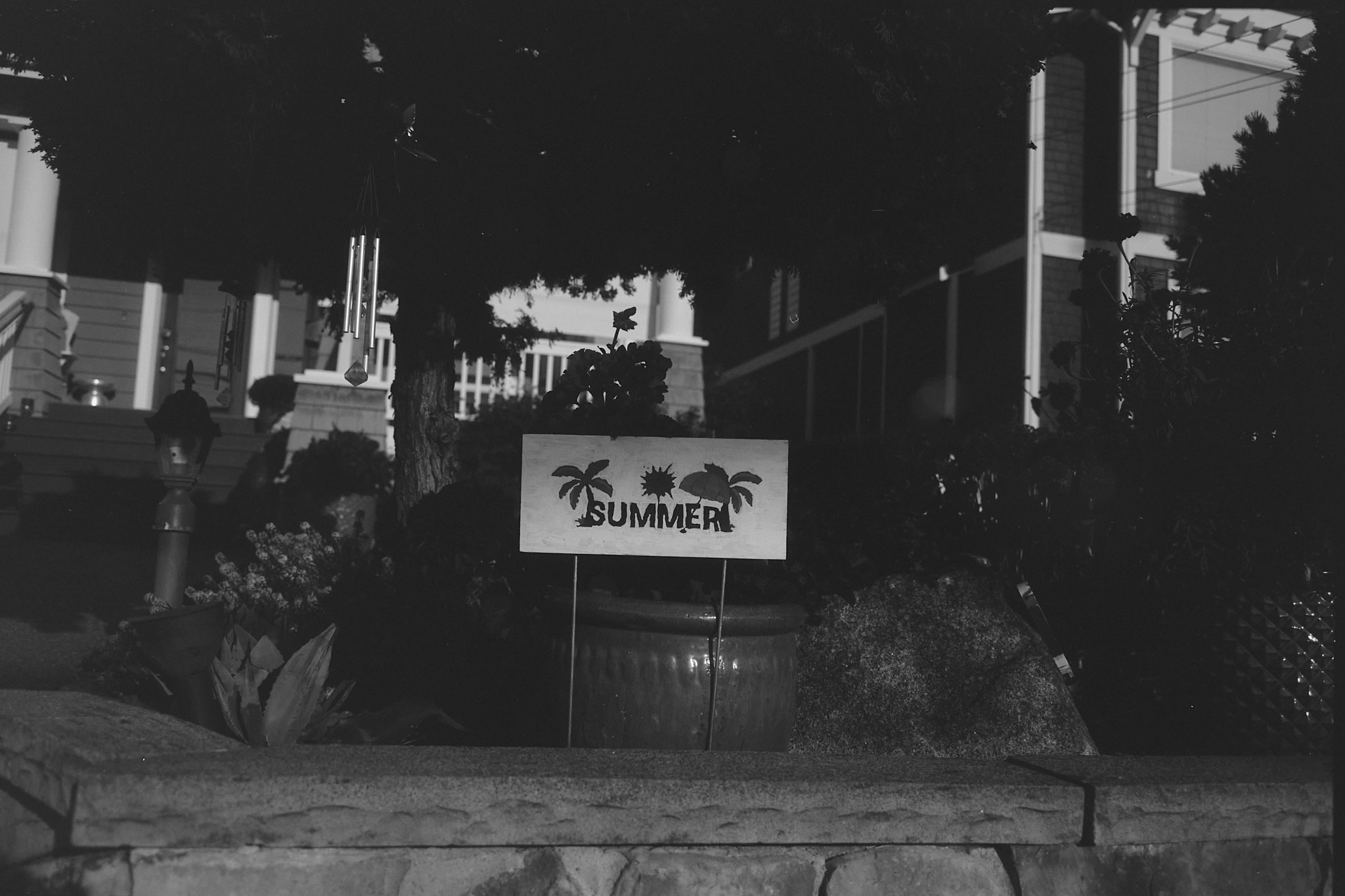
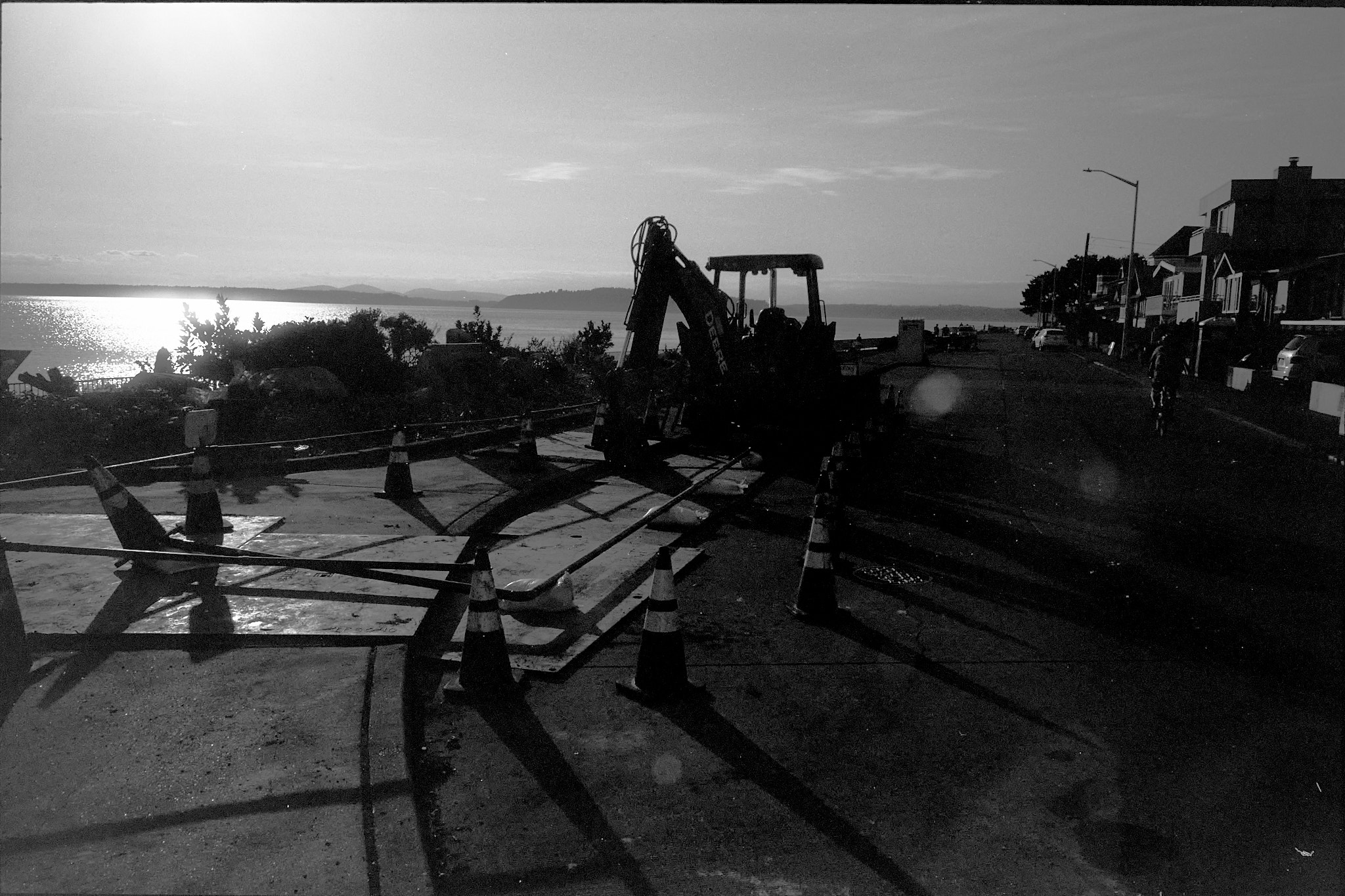
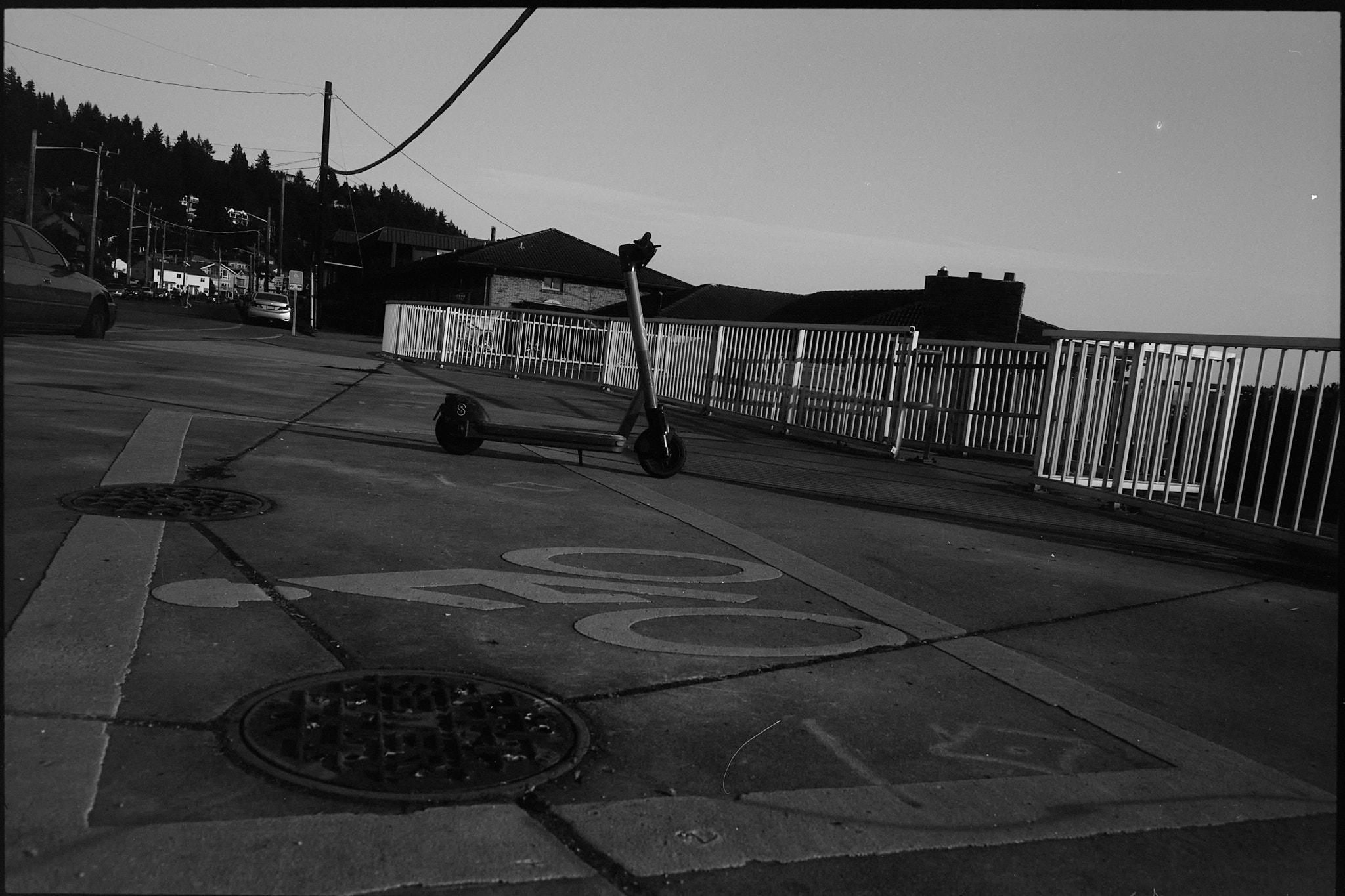
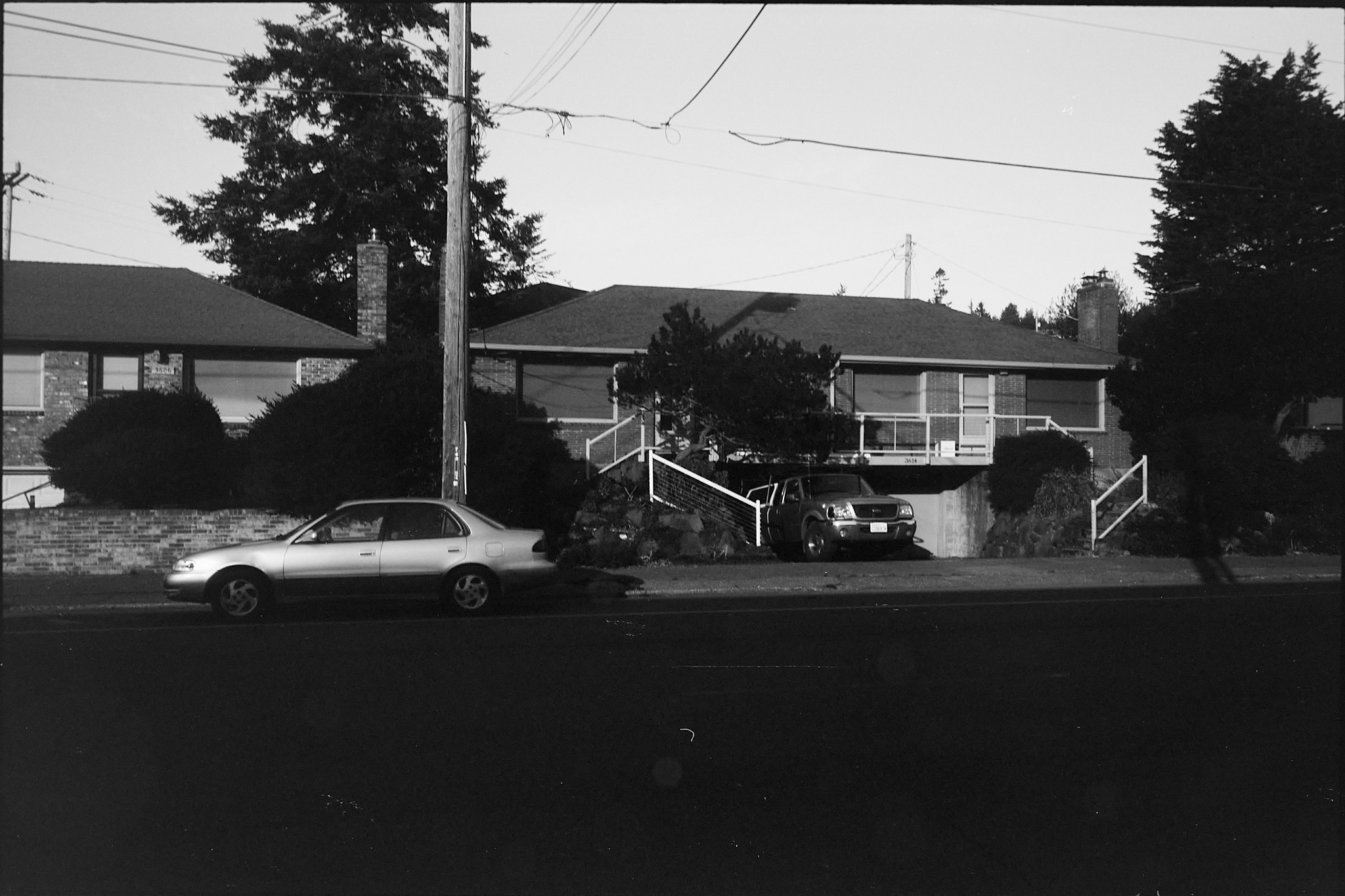
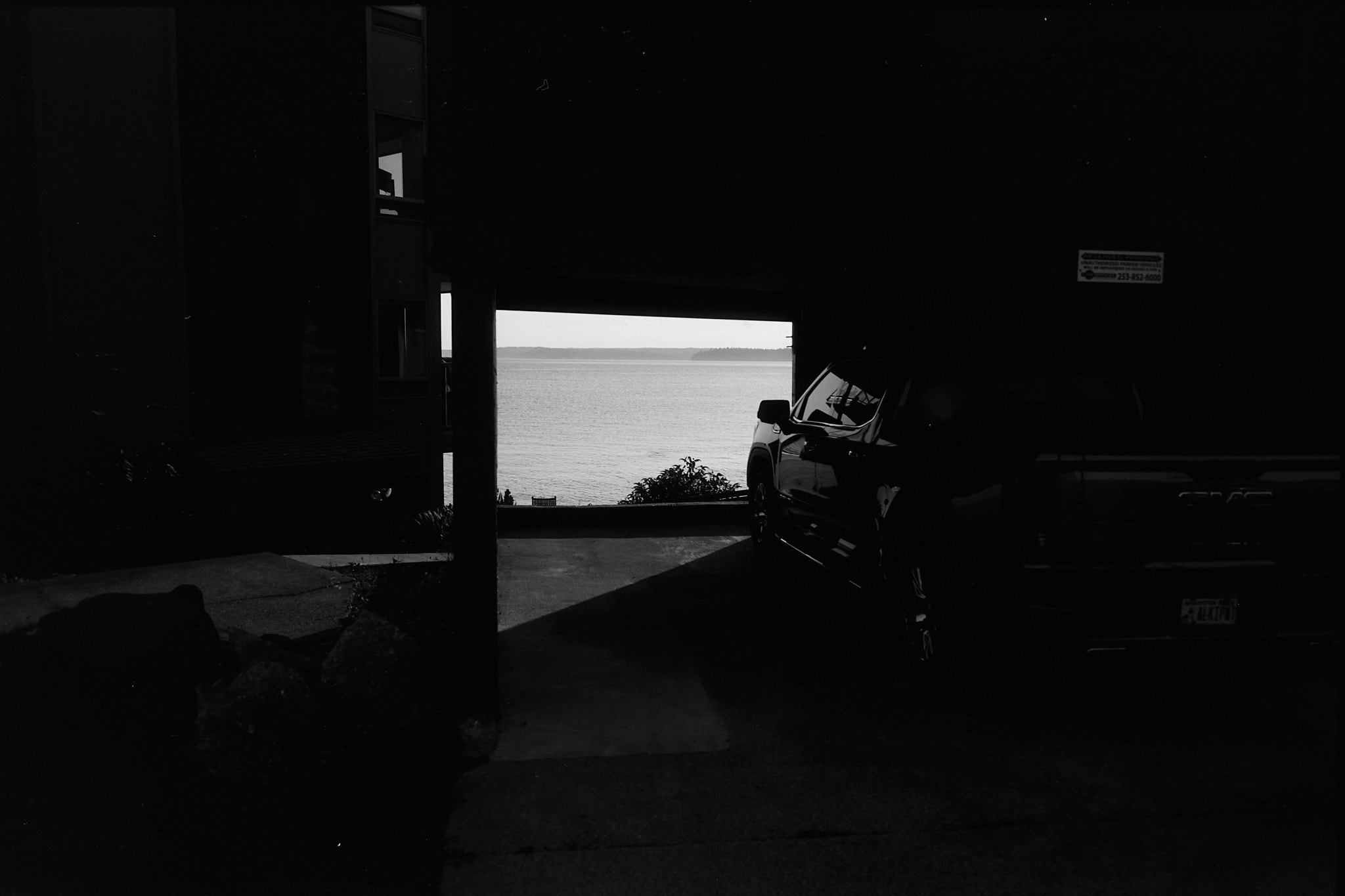
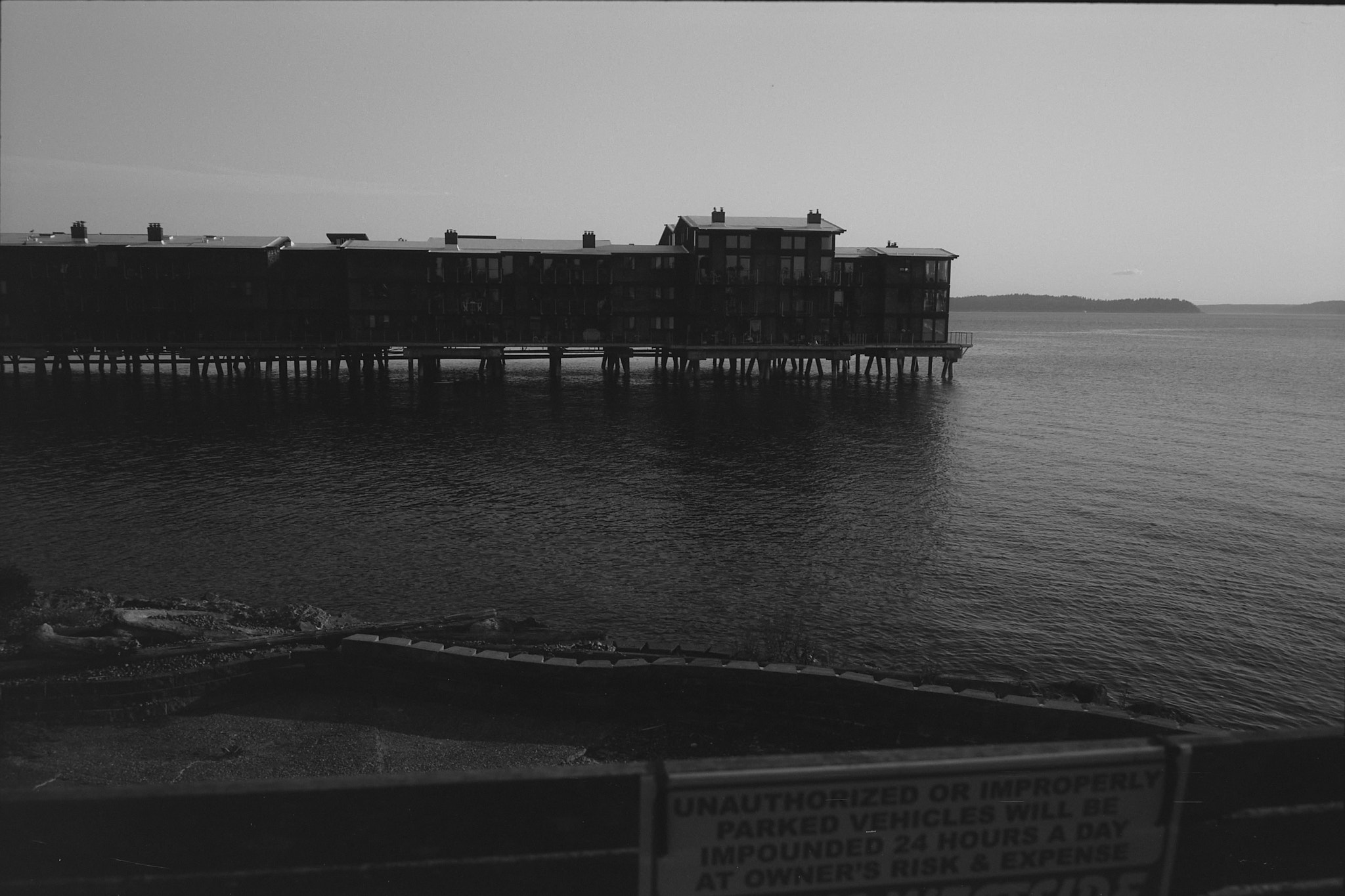
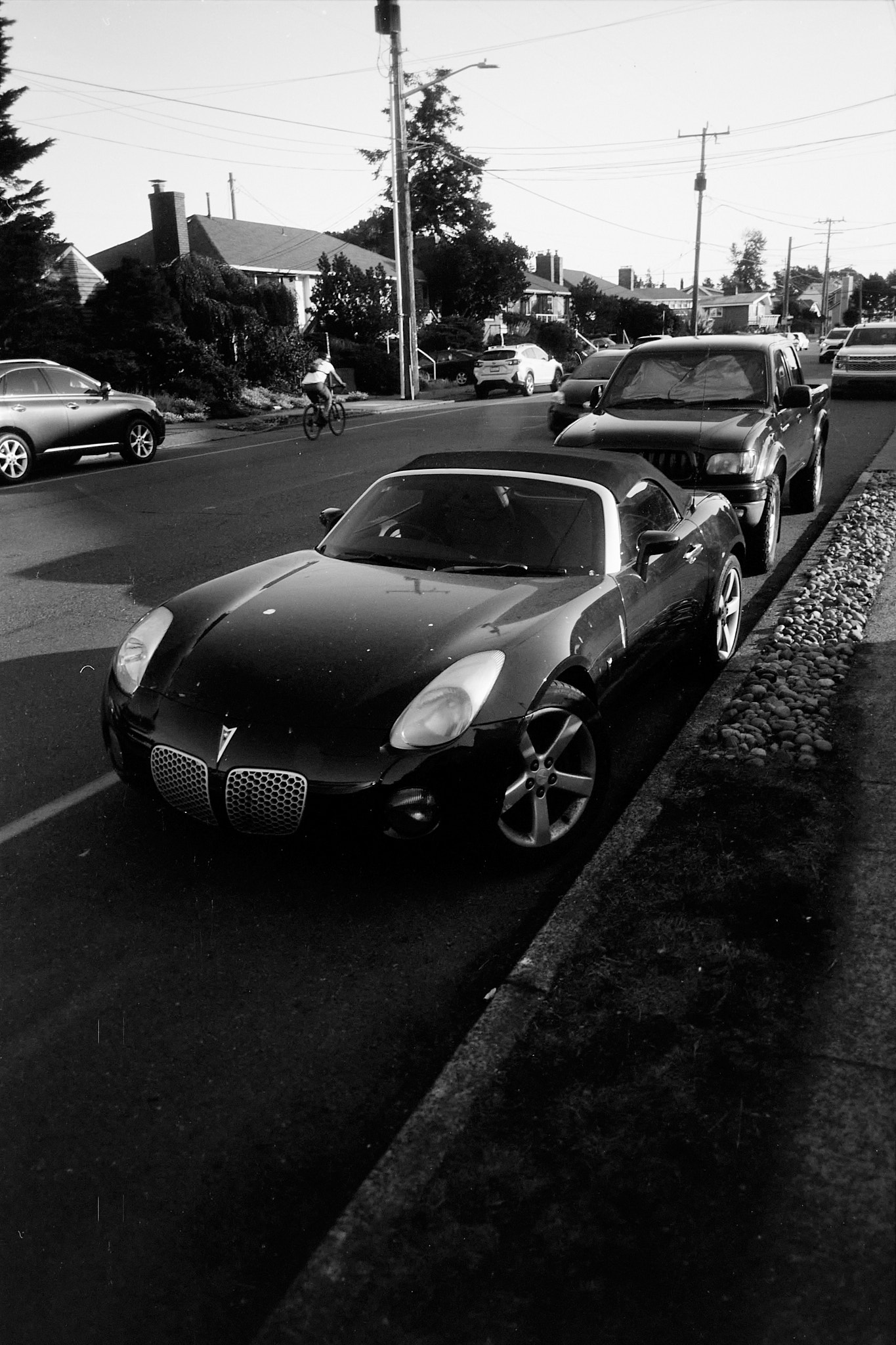
Thoughts
I had a lot of fun shooting this roll. It felt like a good challenge to try to both find interesting compositions, and scenes that were sufficiently bright. Sometimes, I found myself shooting things just because I wondered how they would turn out at the end.
As I looked at these negatives, I felt delighted and proud of how they turned out. Sometimes the results were unexpected, but sometimes they were more interesting than I would have imagined.
This post was part of a series:
Thanks for reading!
If you enjoyed this post, you might enjoy these 5 similar posts:
- 2024-01-22 —Shooting Svema 64 at Dusk - Slowing Down in Capitol Hill & West Seattle
- 2022-12-23 —The Ricoh 35 ZF: A $5 Film Camera Find
- 2022-12-20 —My First Frames with a Soviet Medium Format Film Camera
- 2023-02-28 —Snow, Sunshine, & The Year of the Rabbit - Looking Back at February 2023
- 2021-06-02 —52 Frames (May 2021)